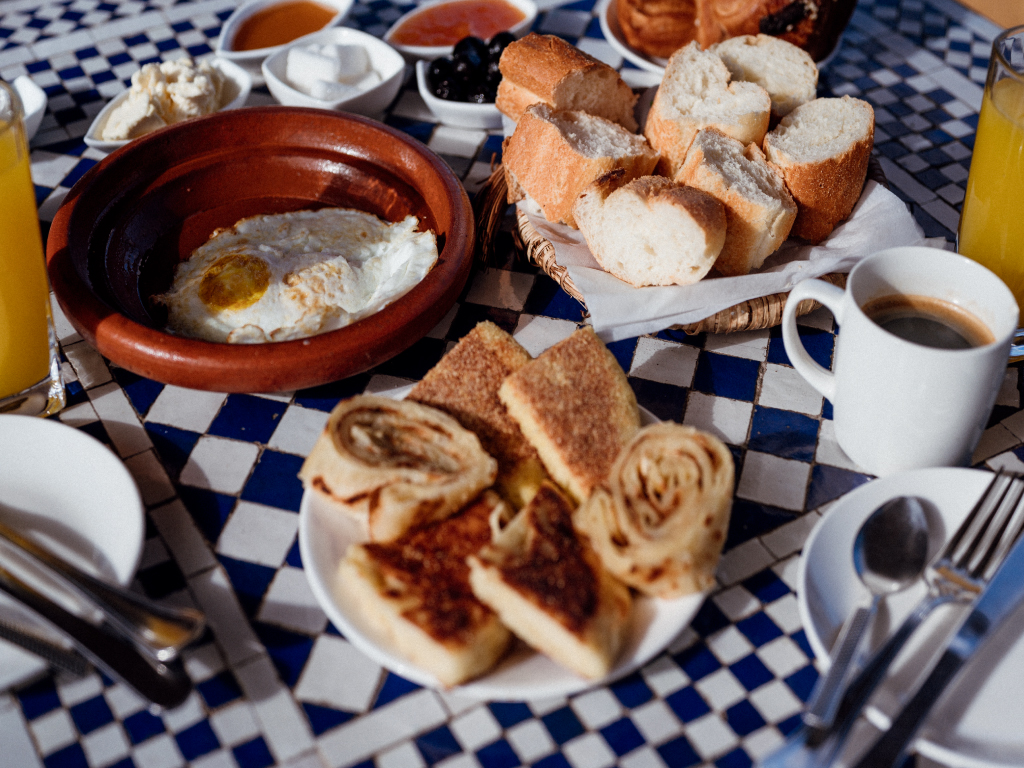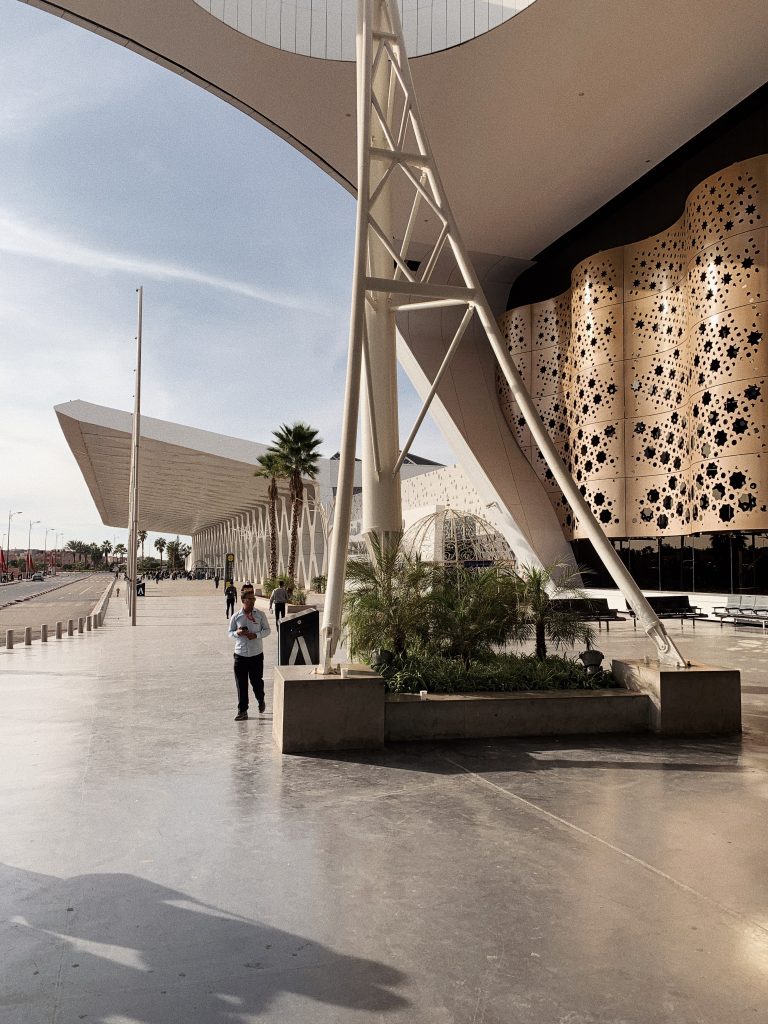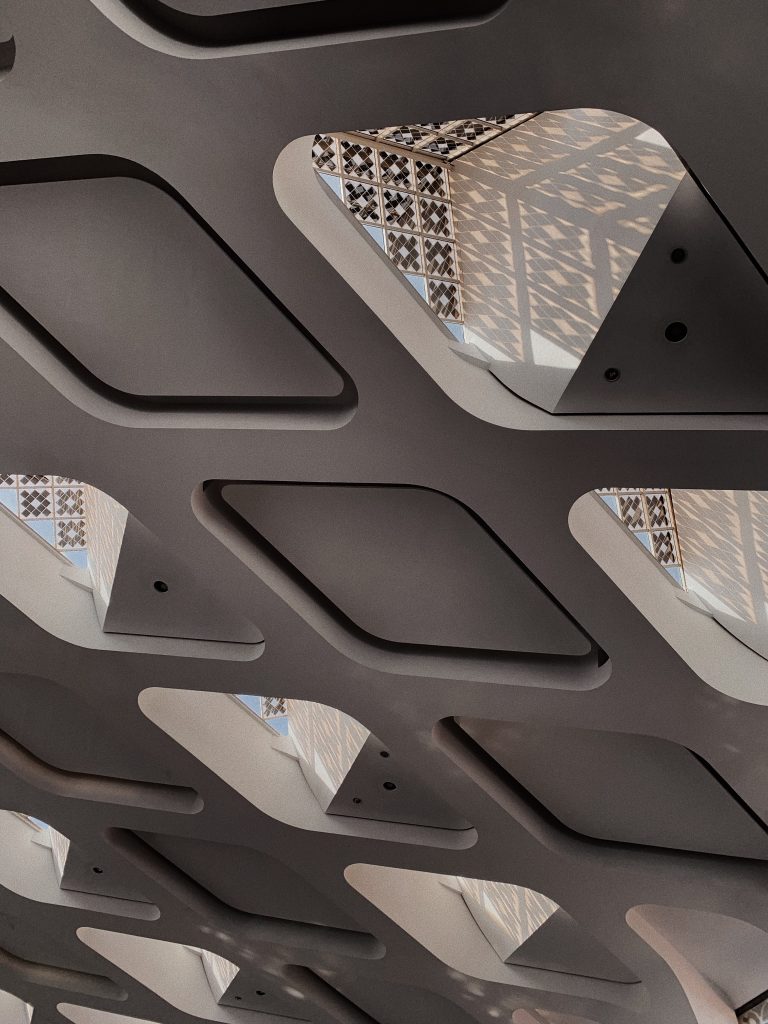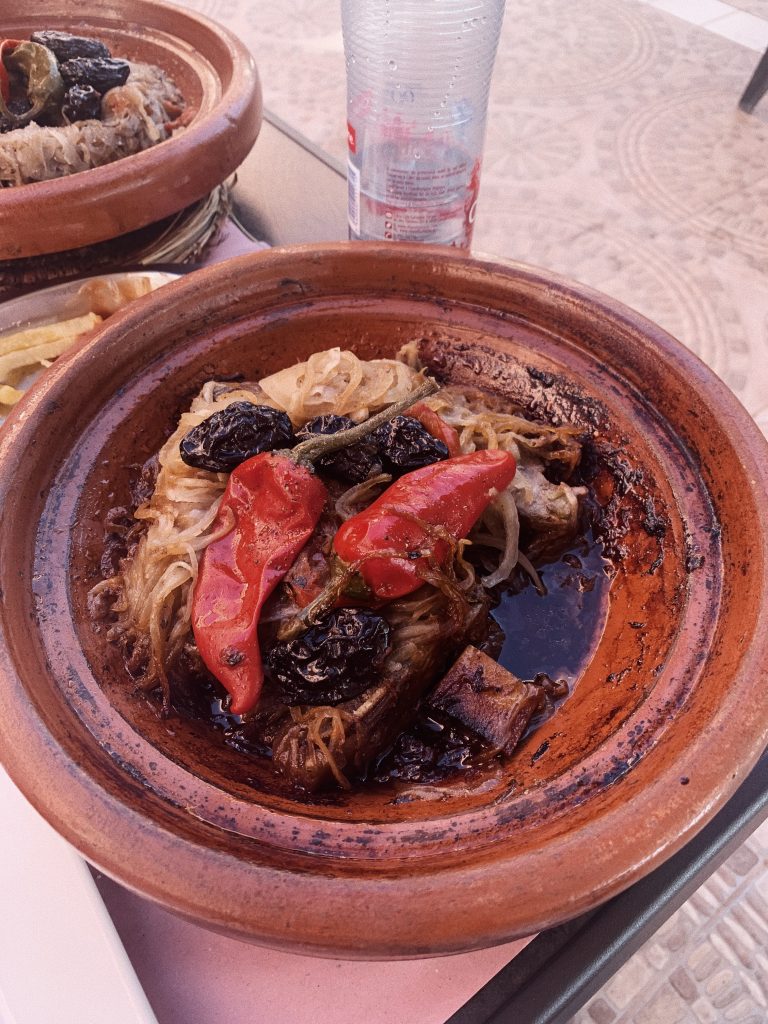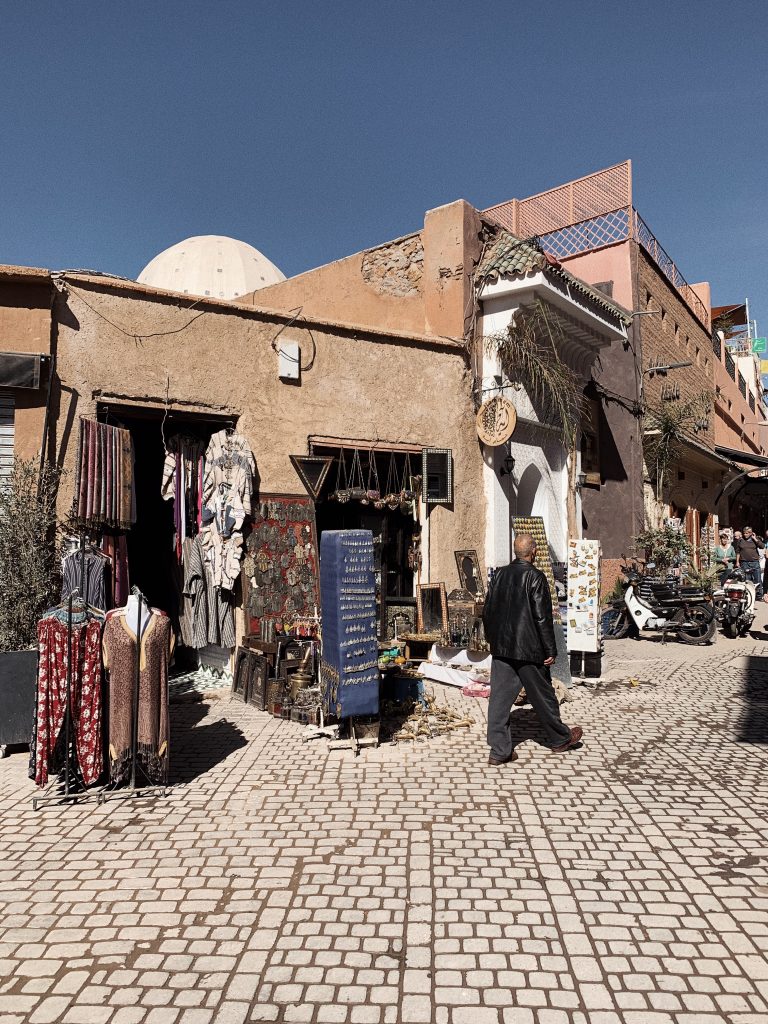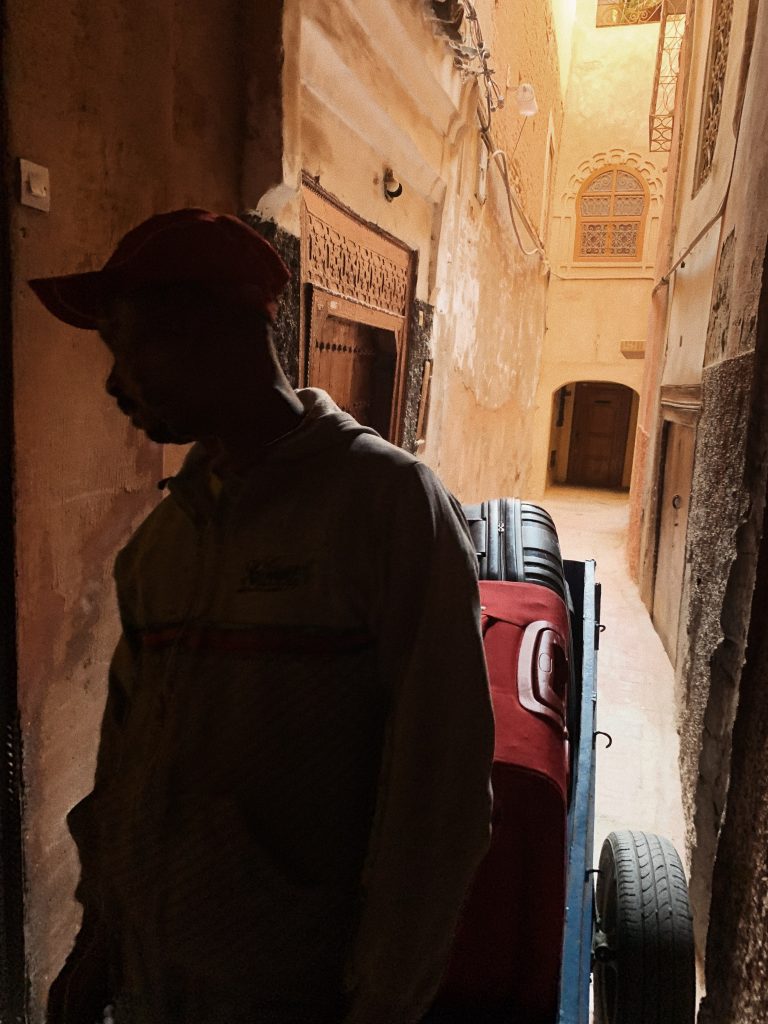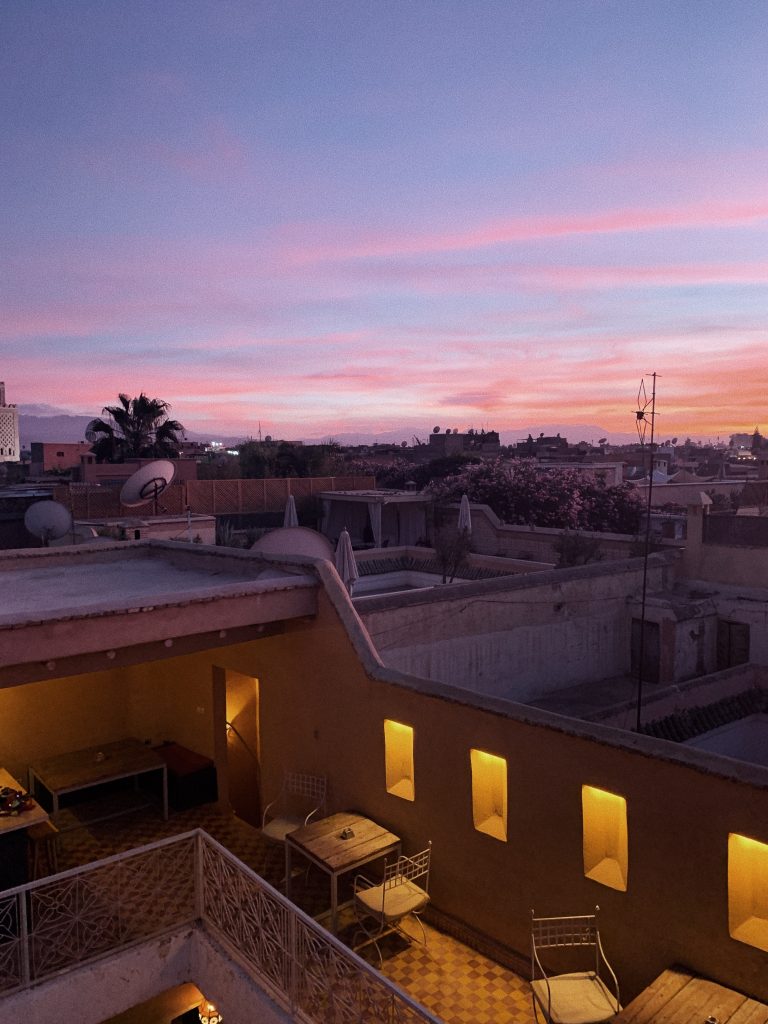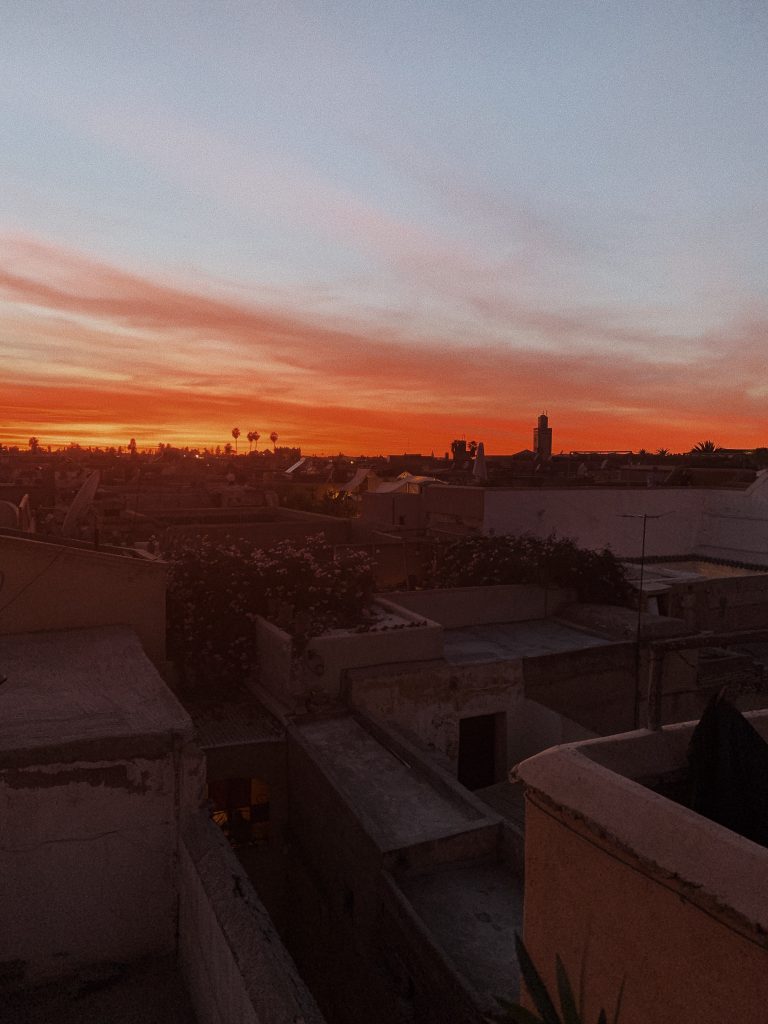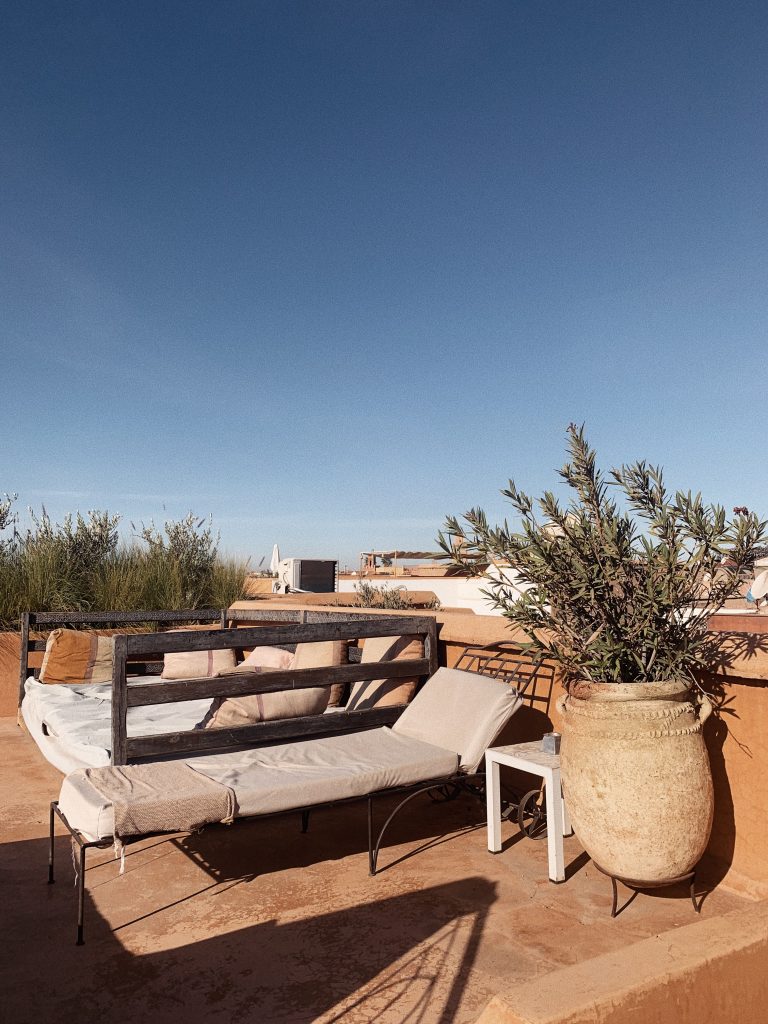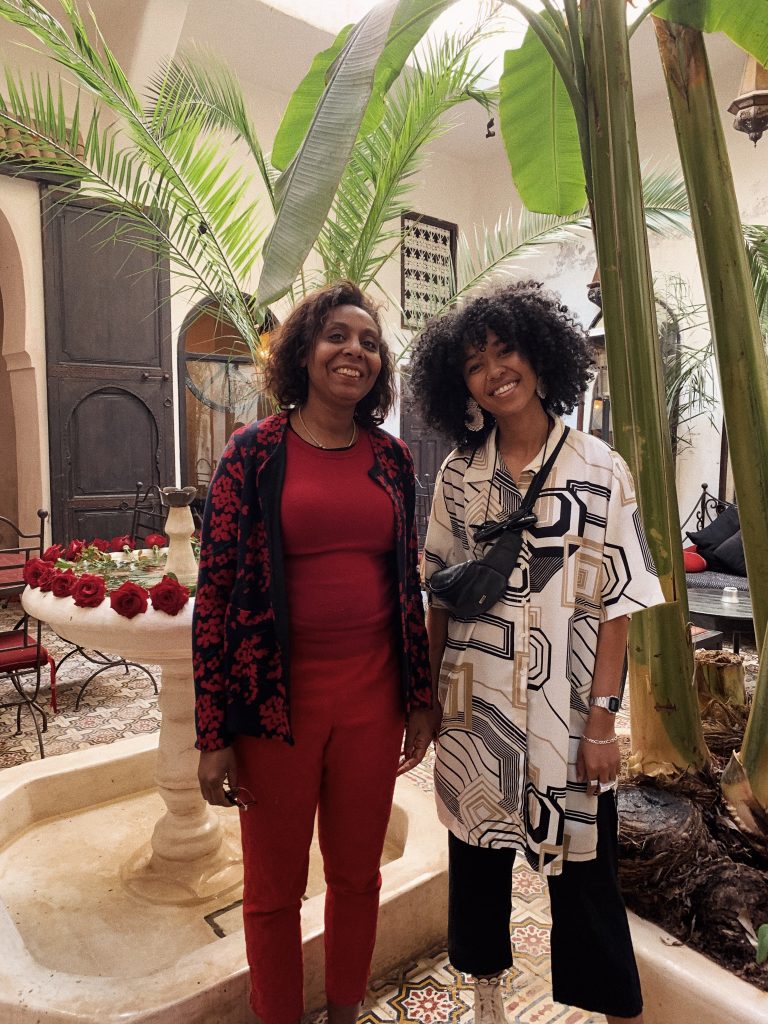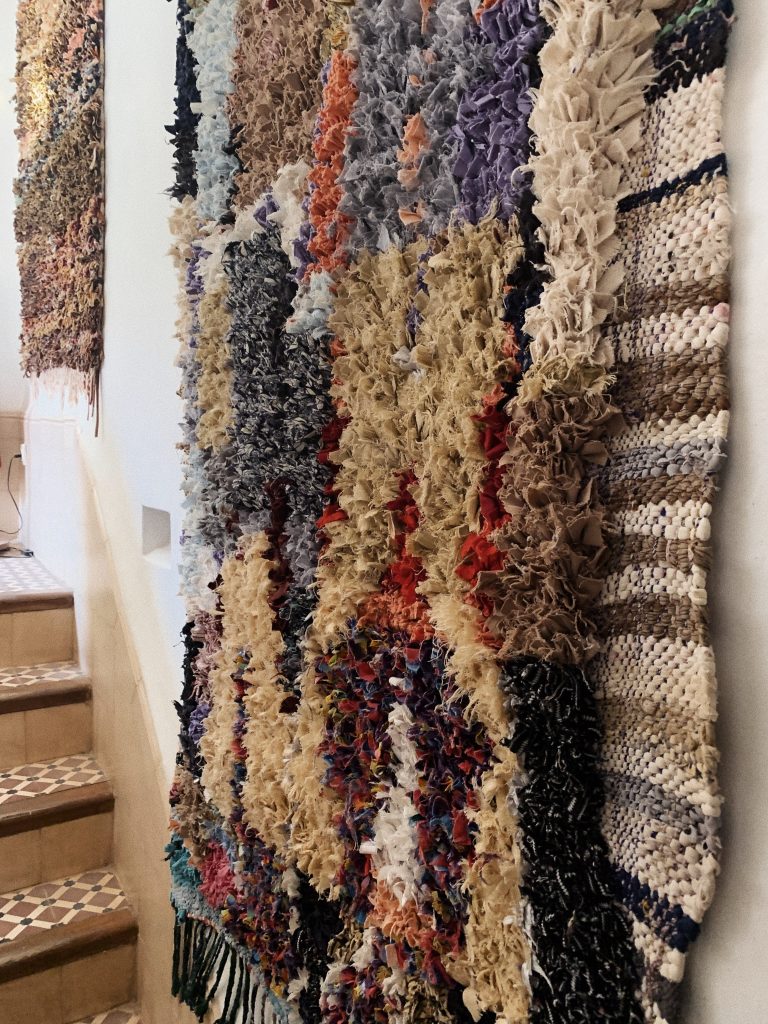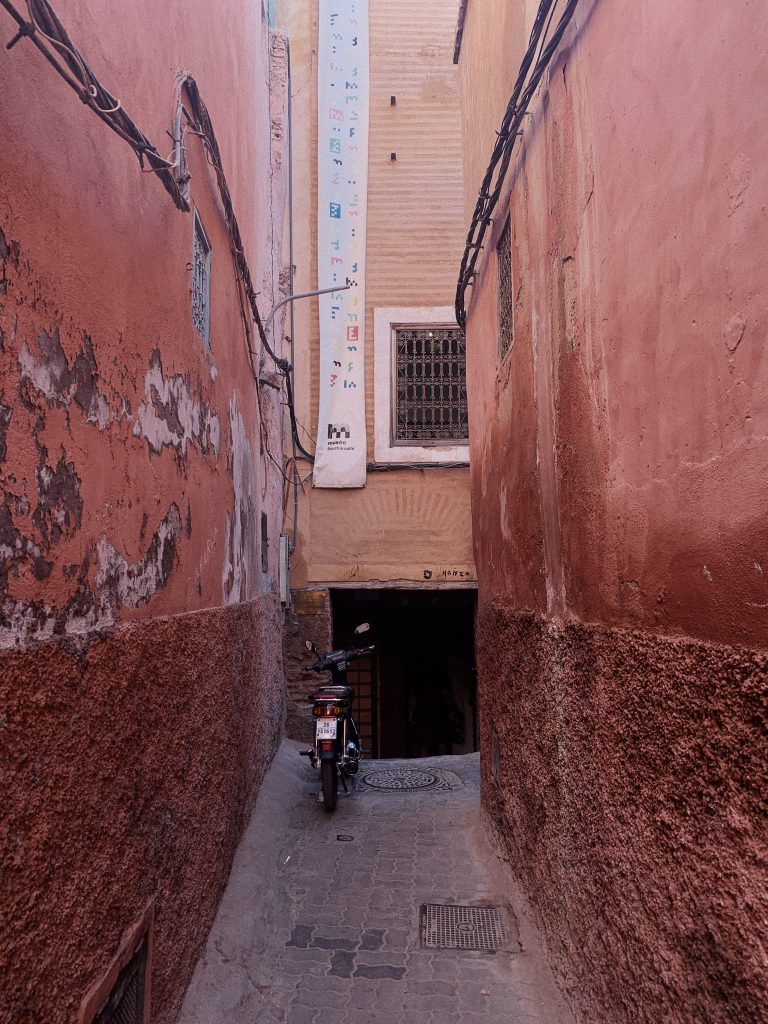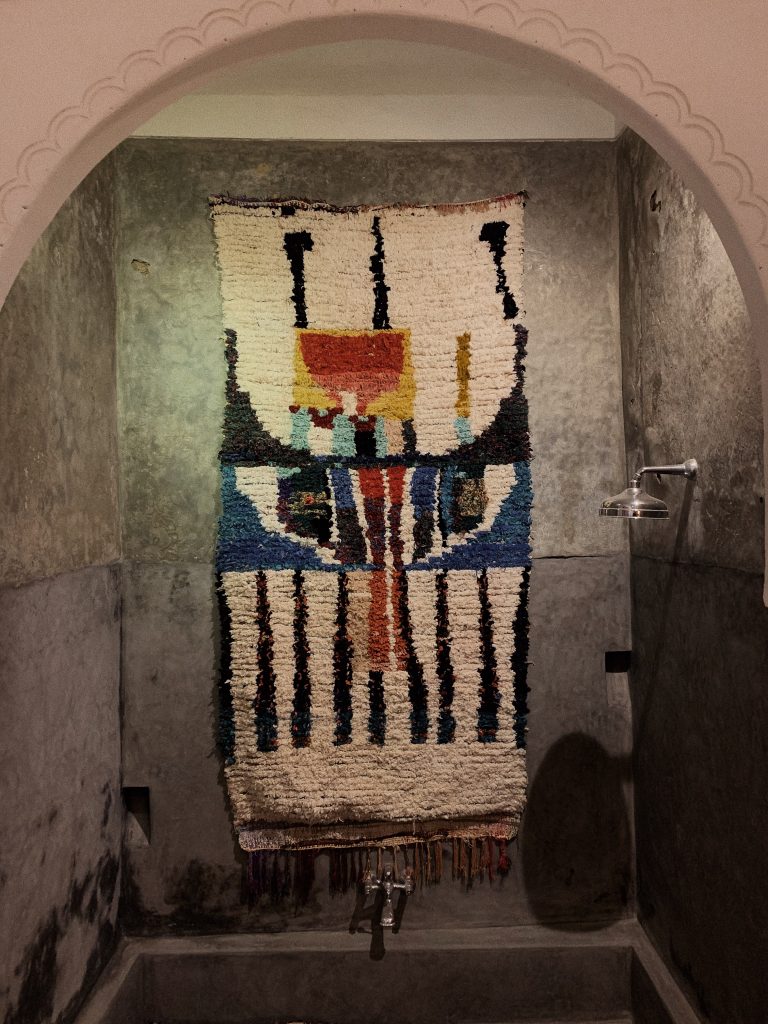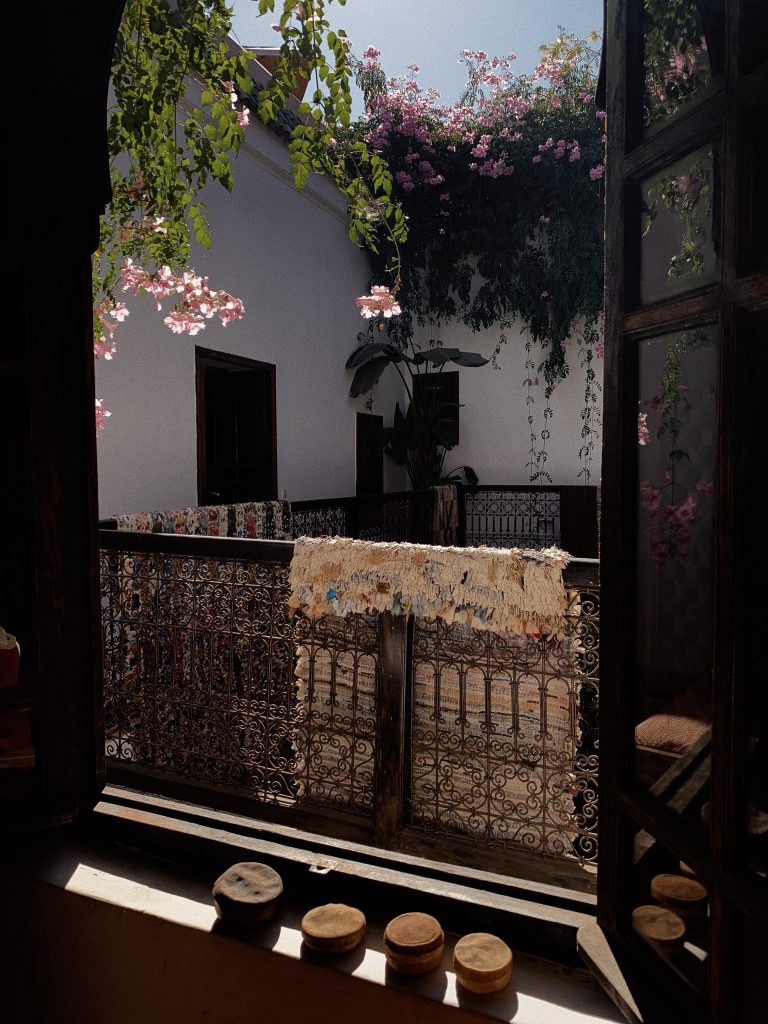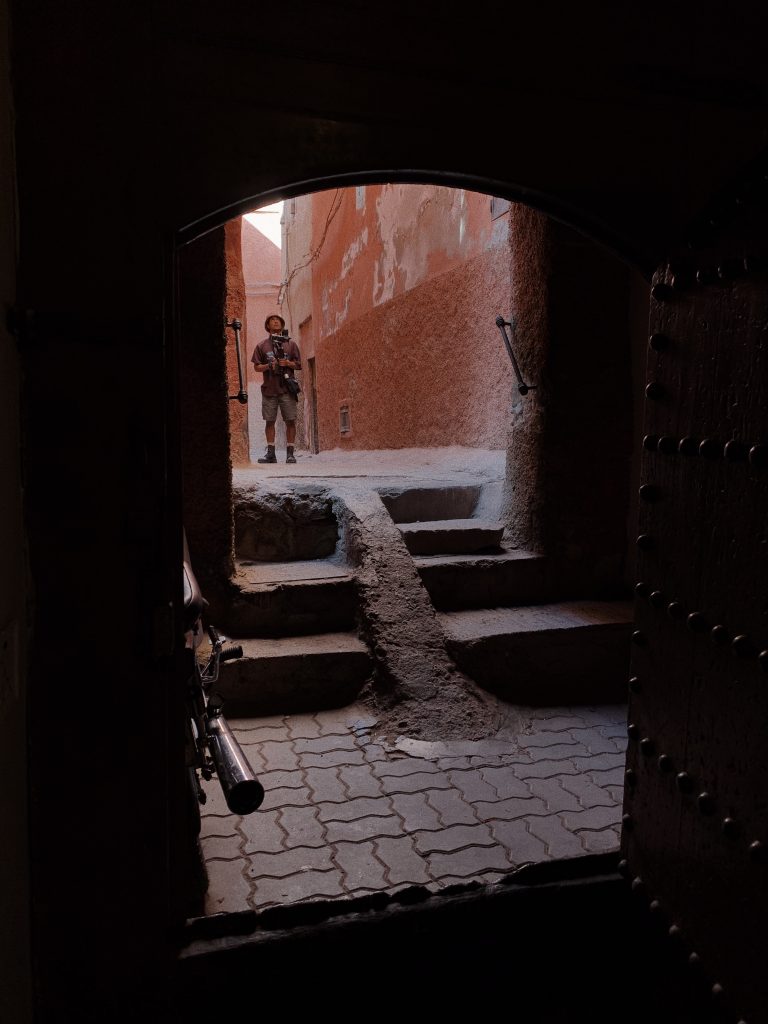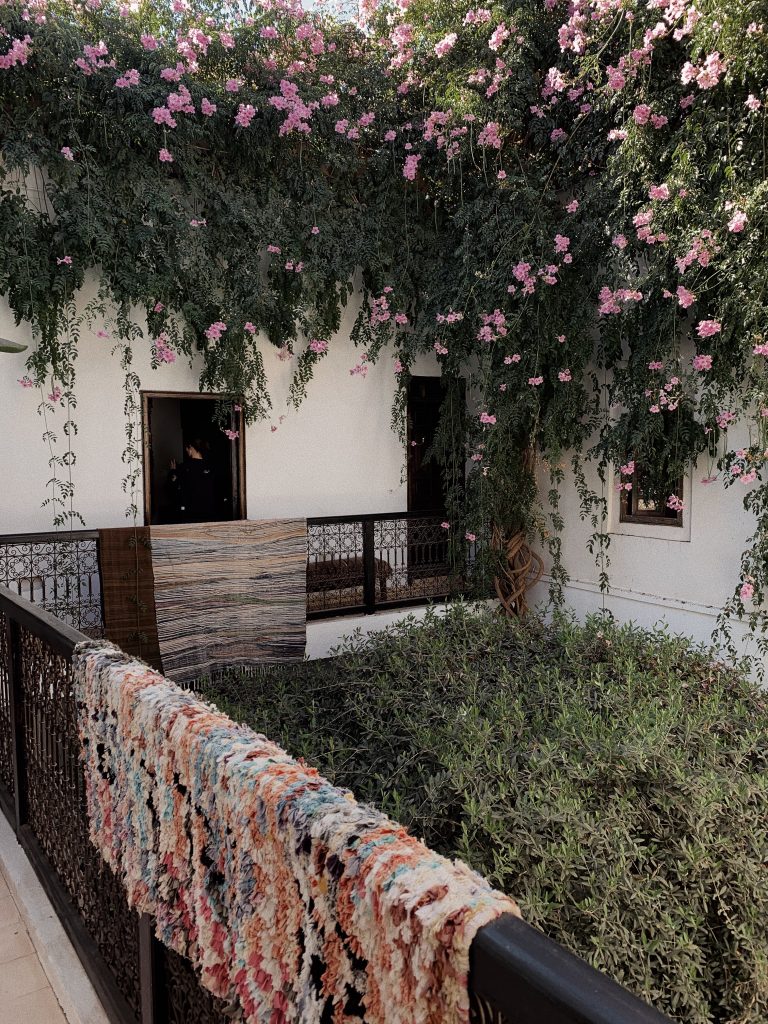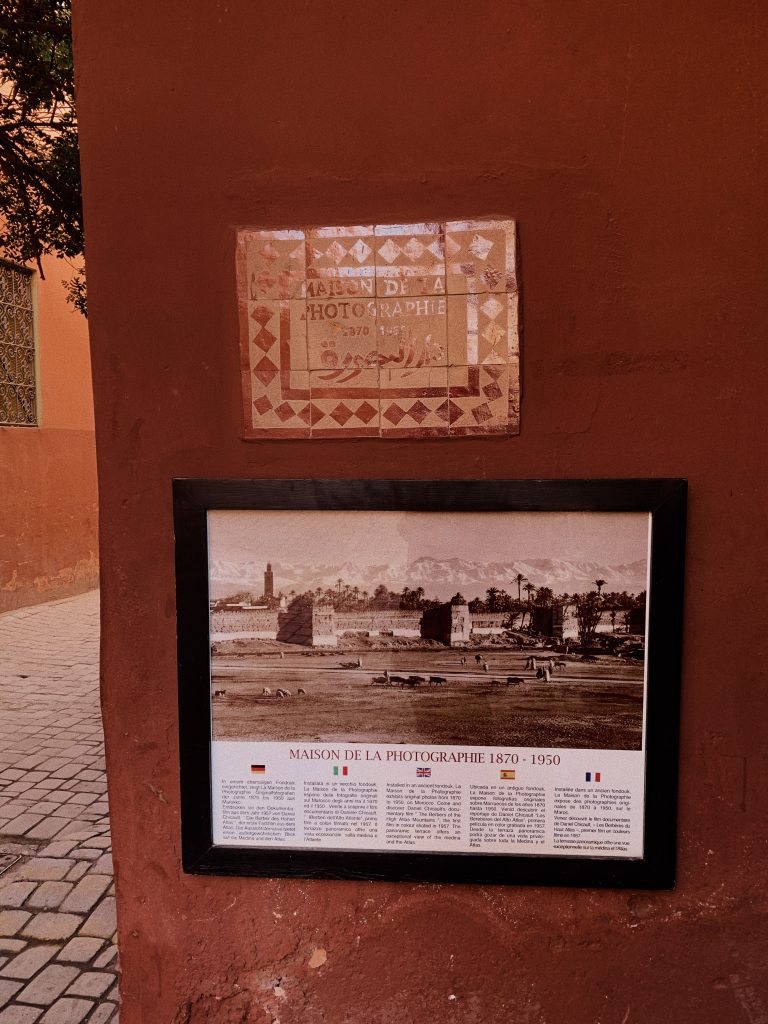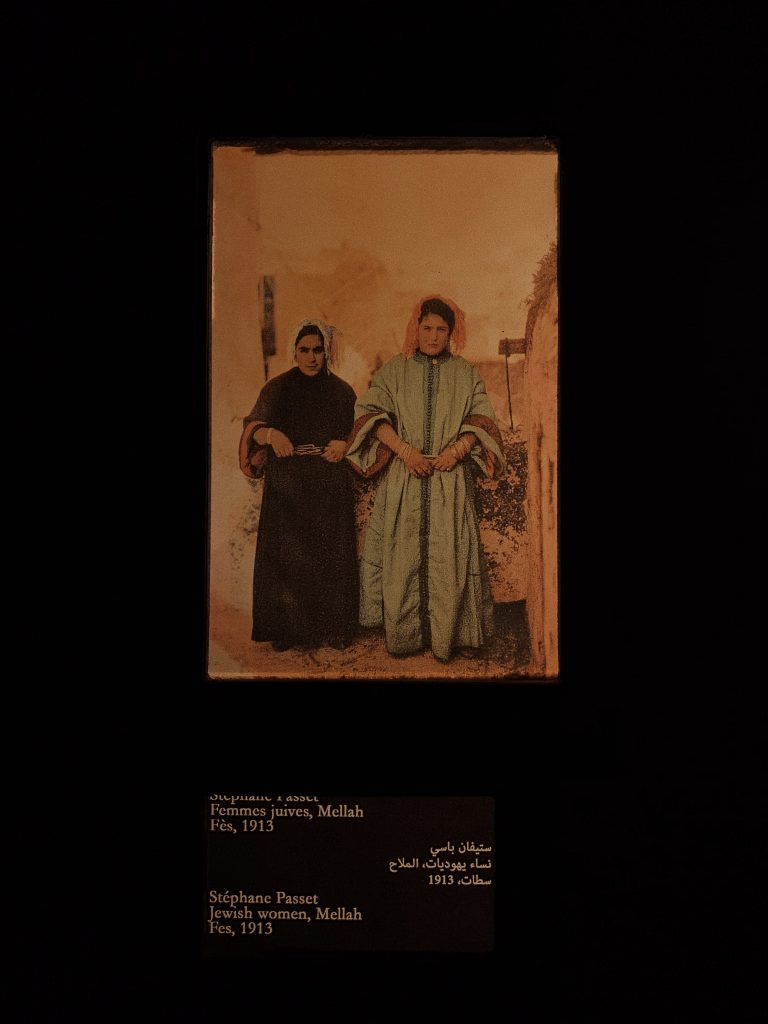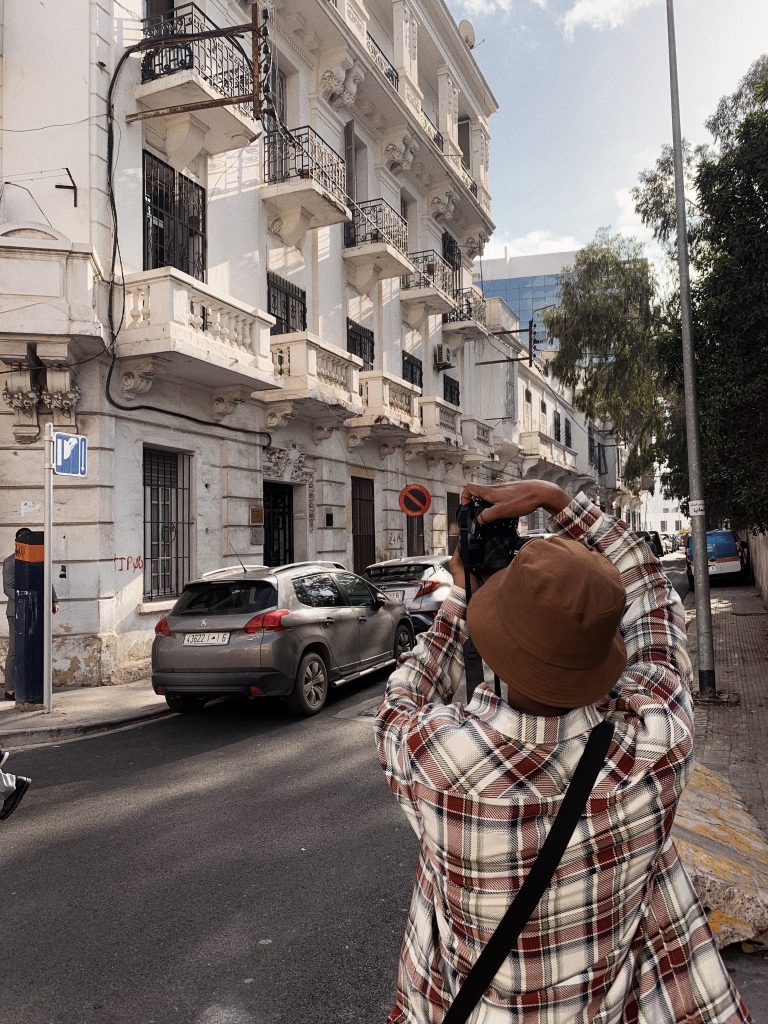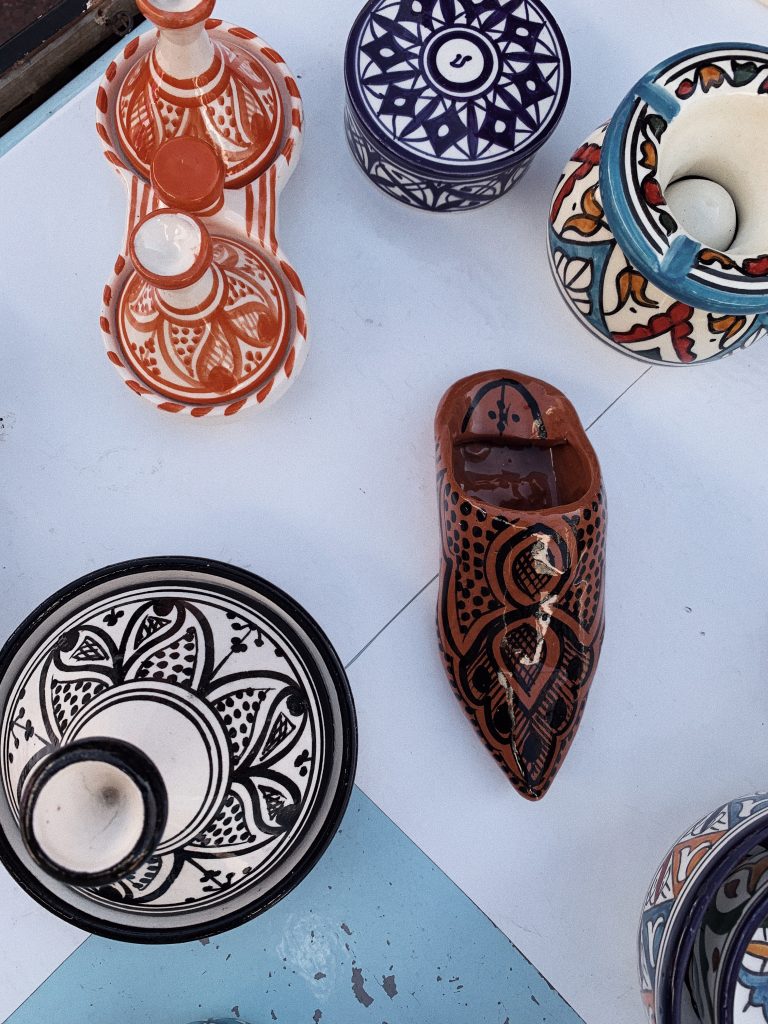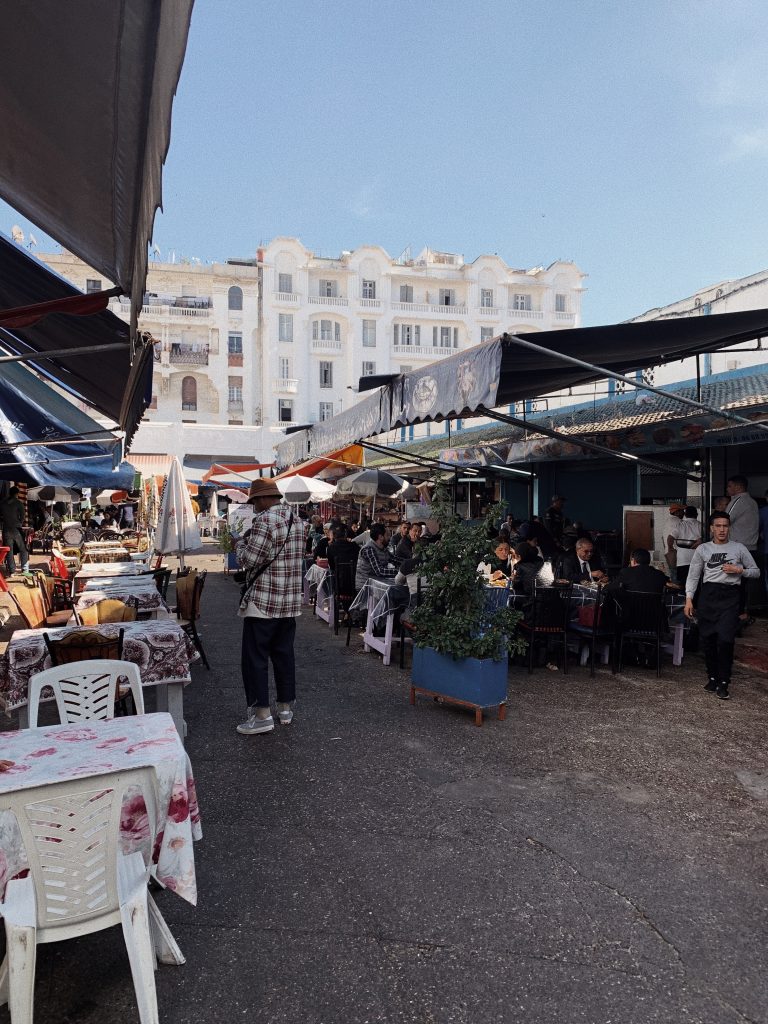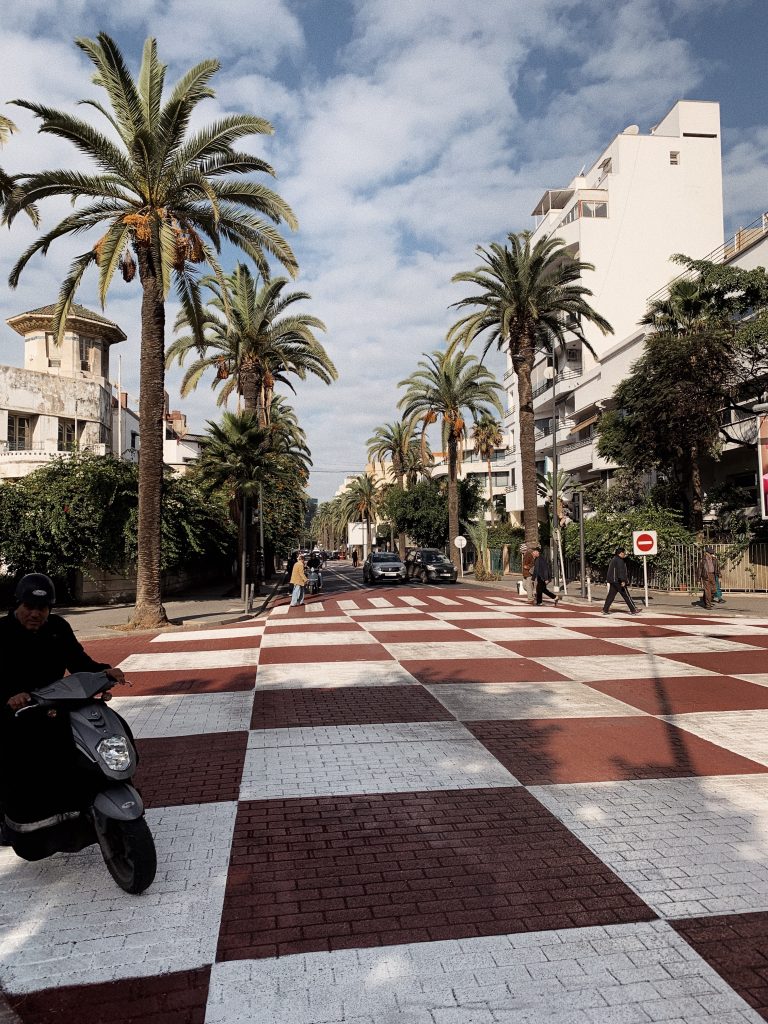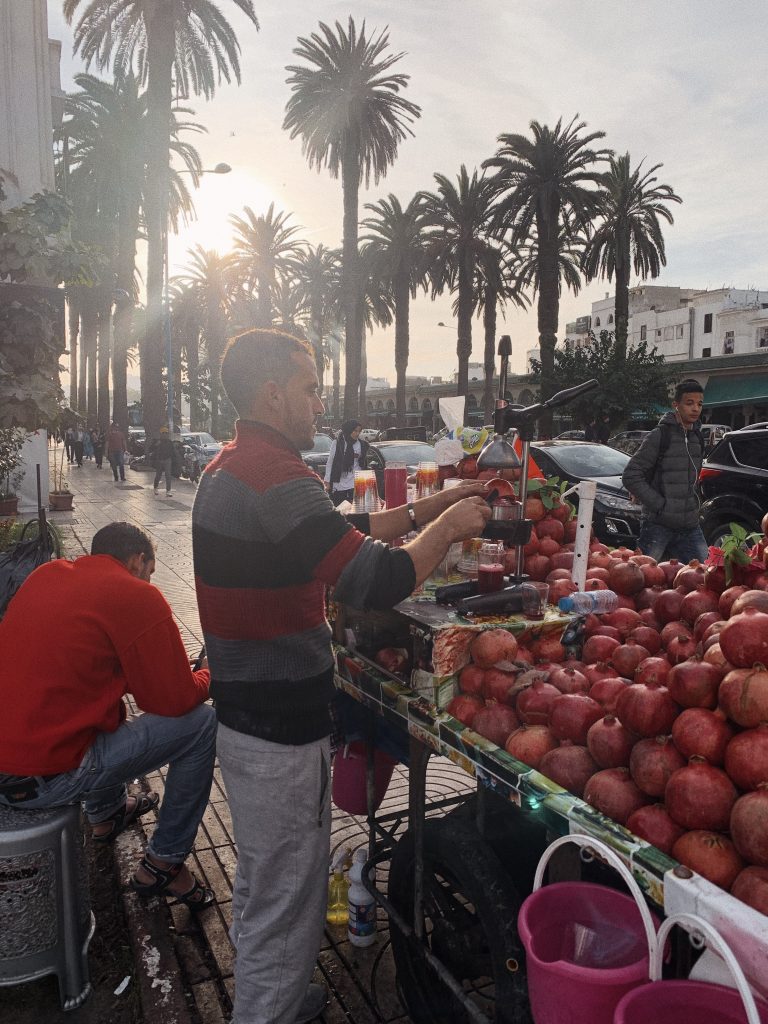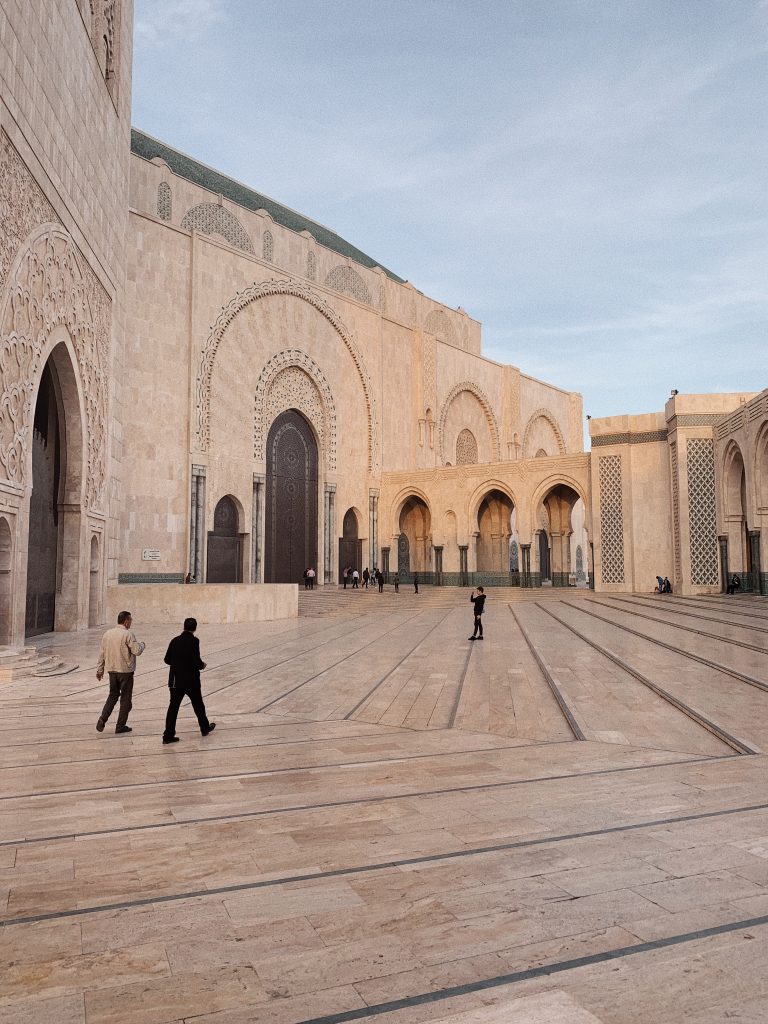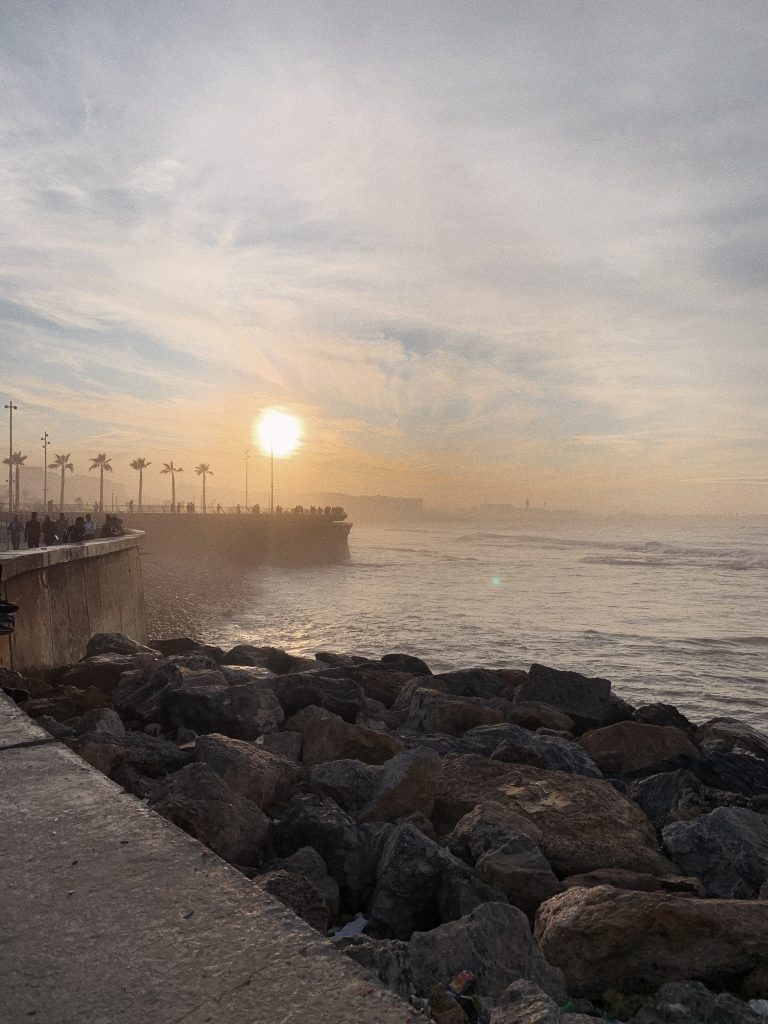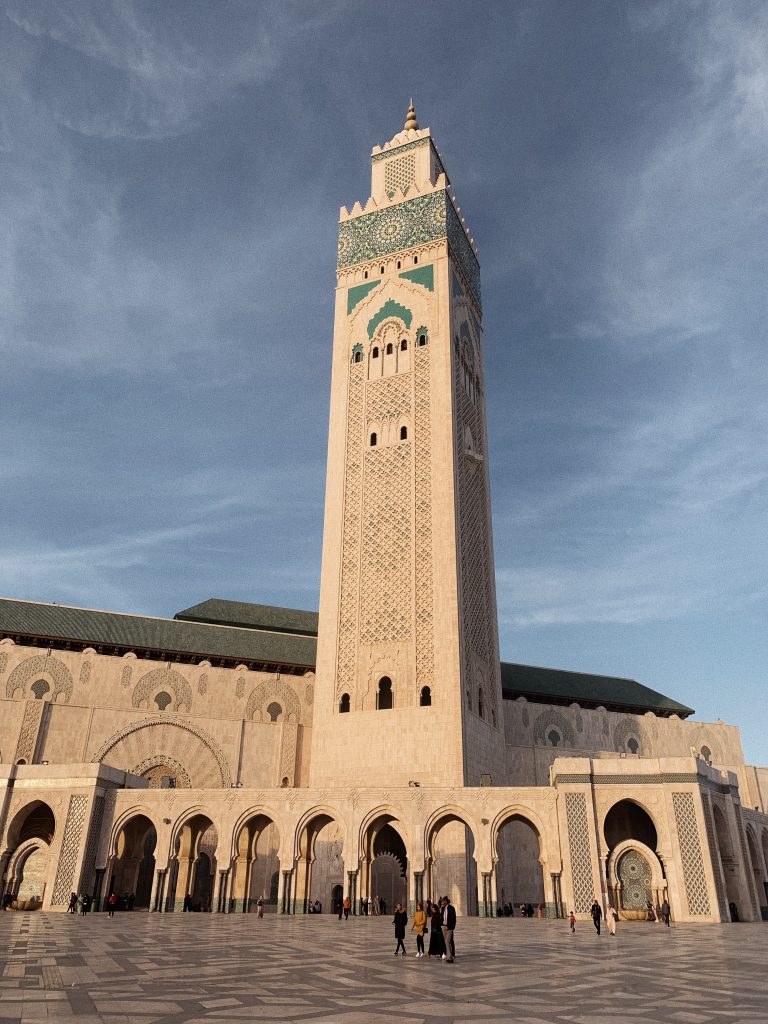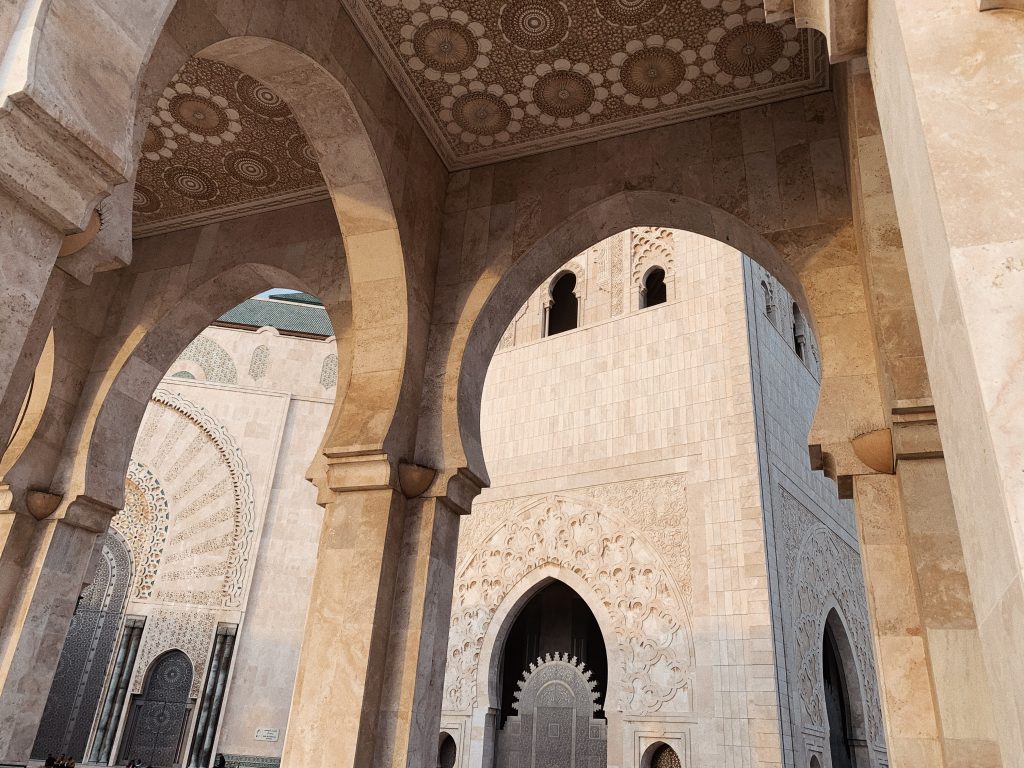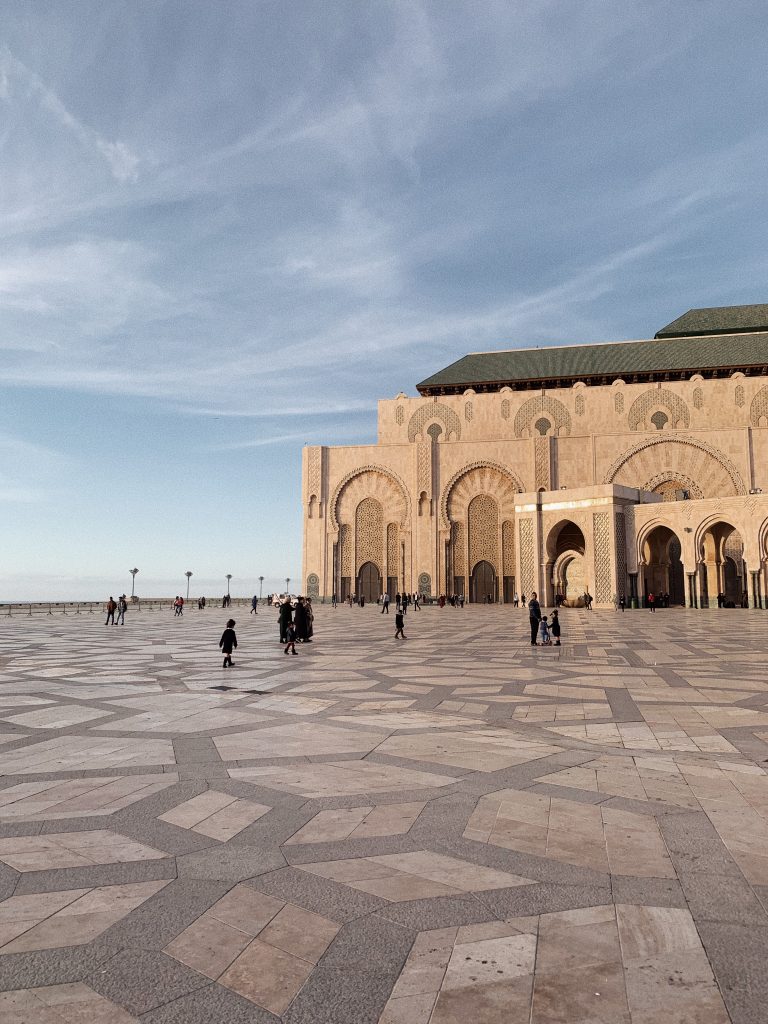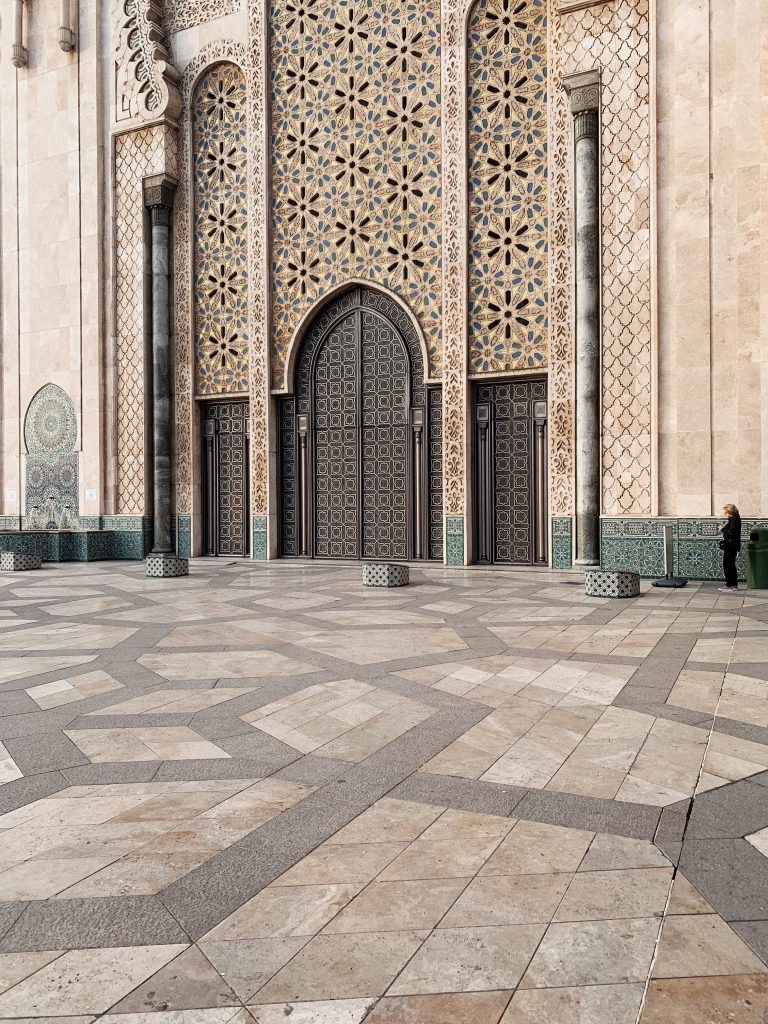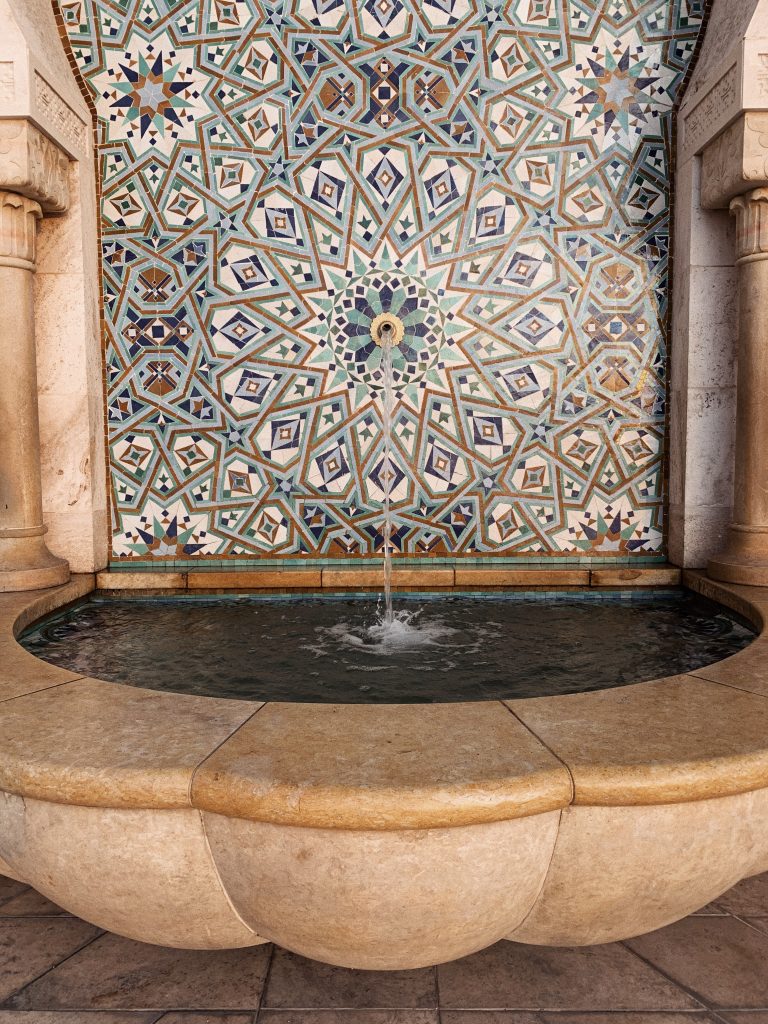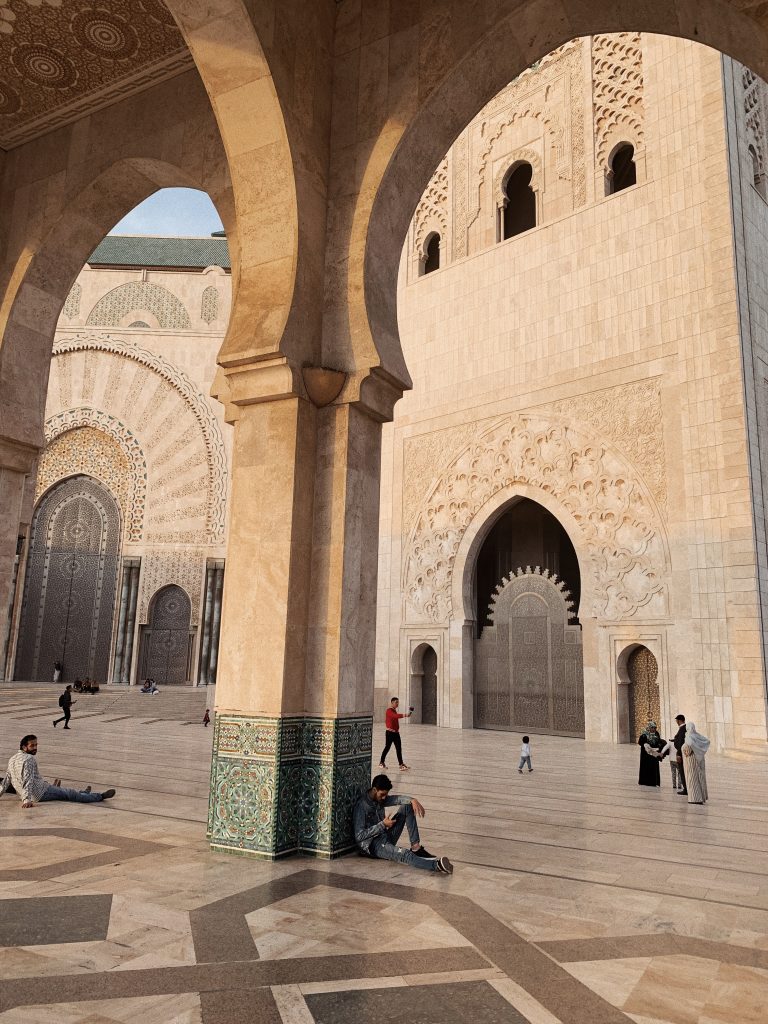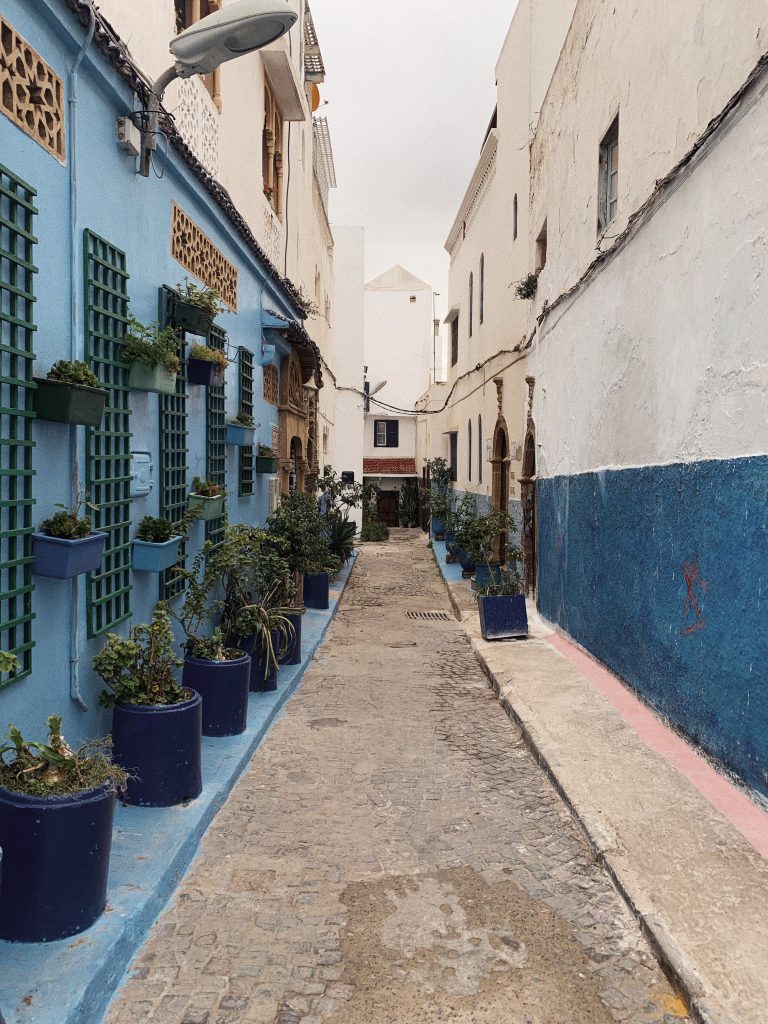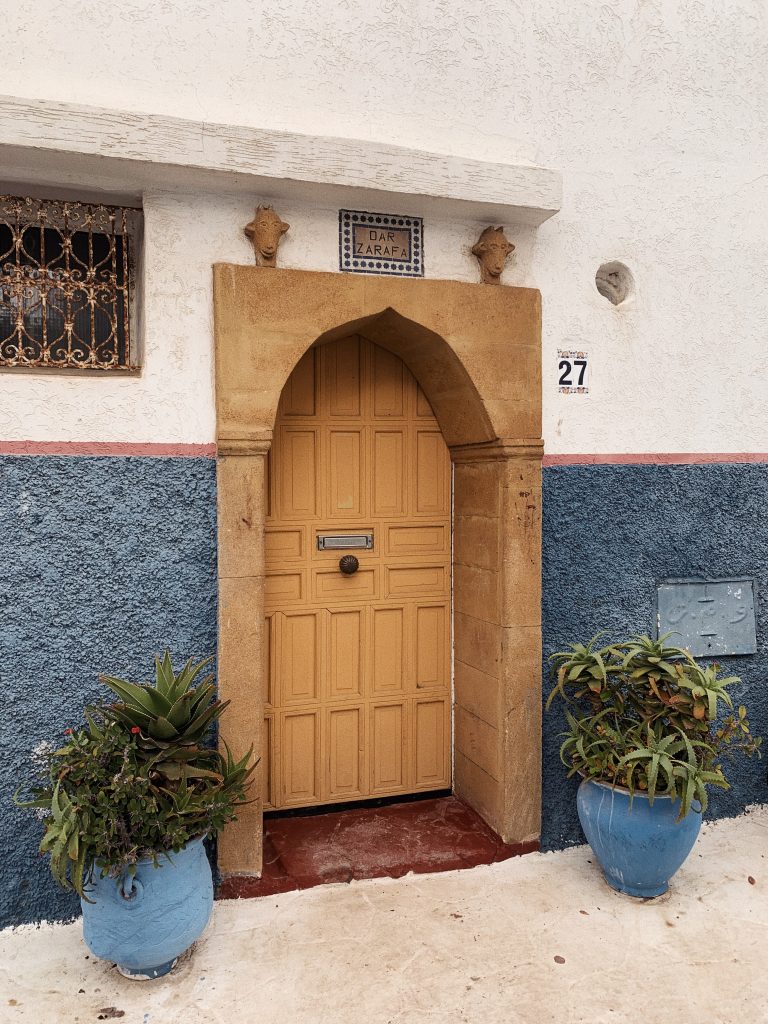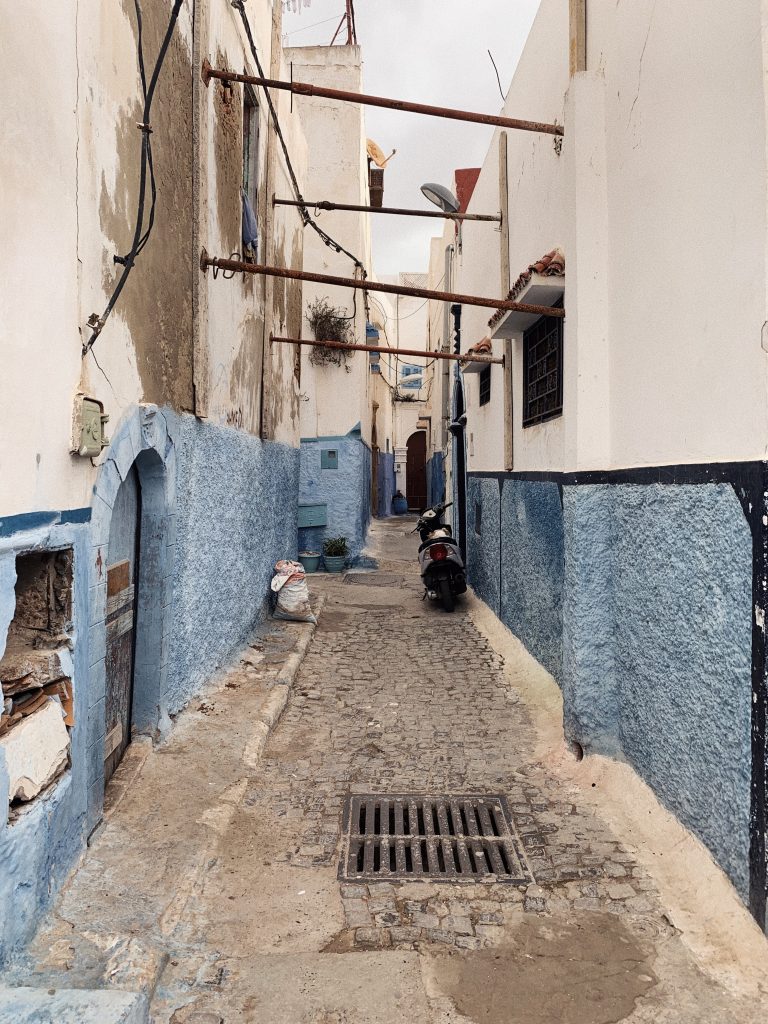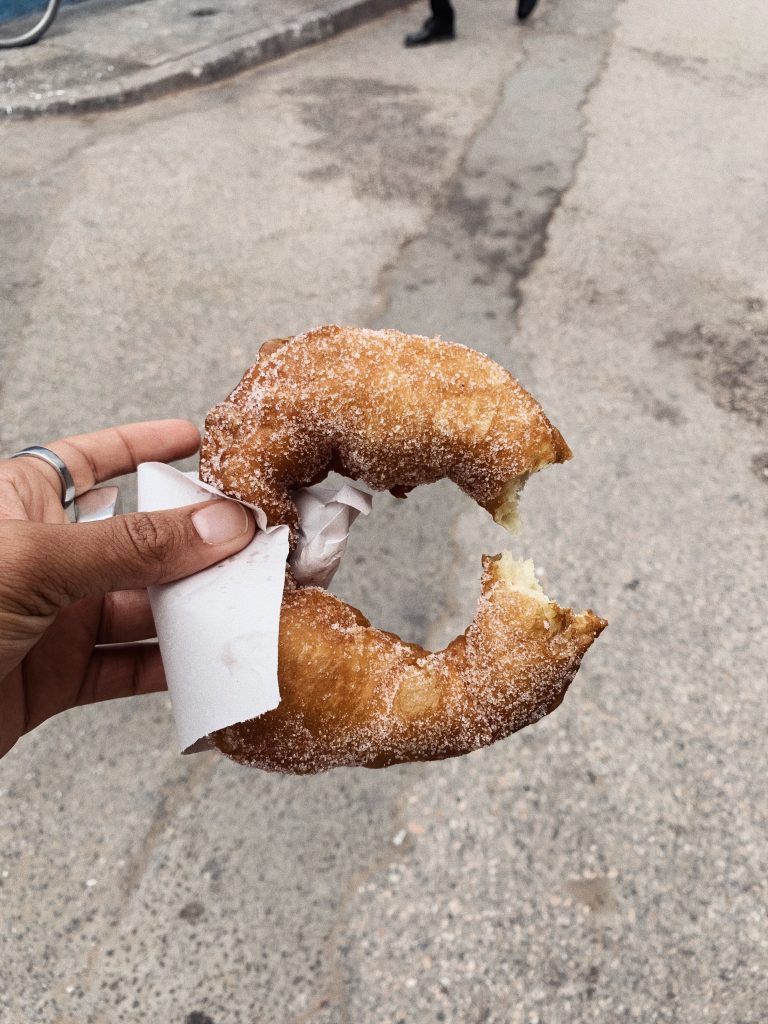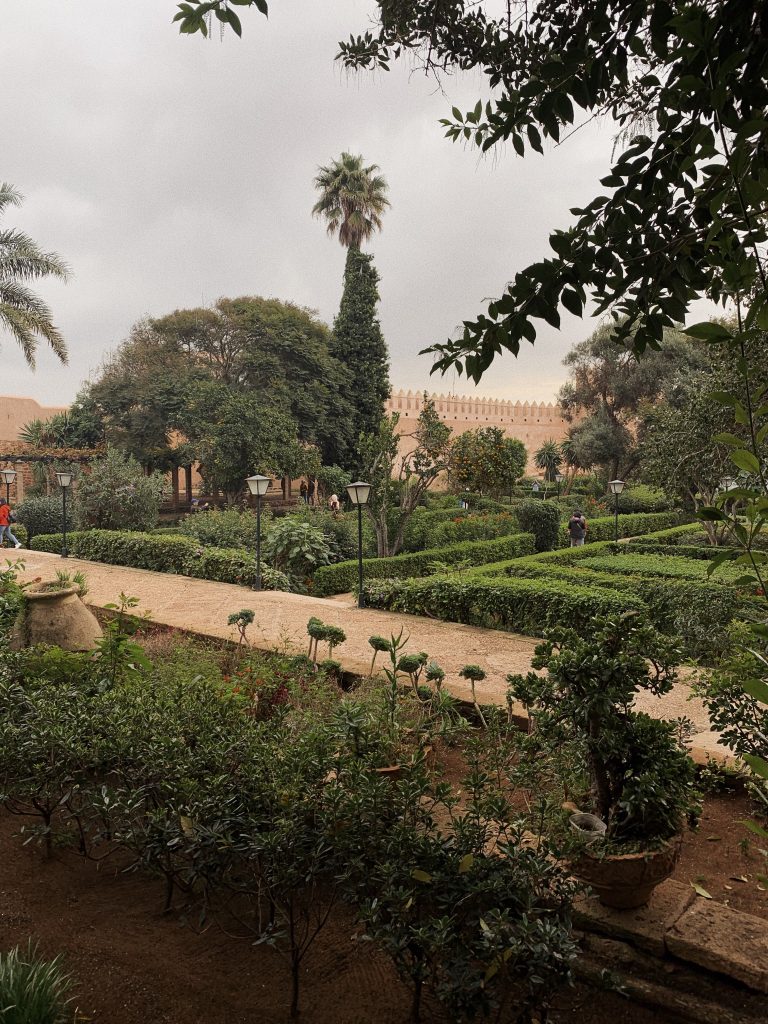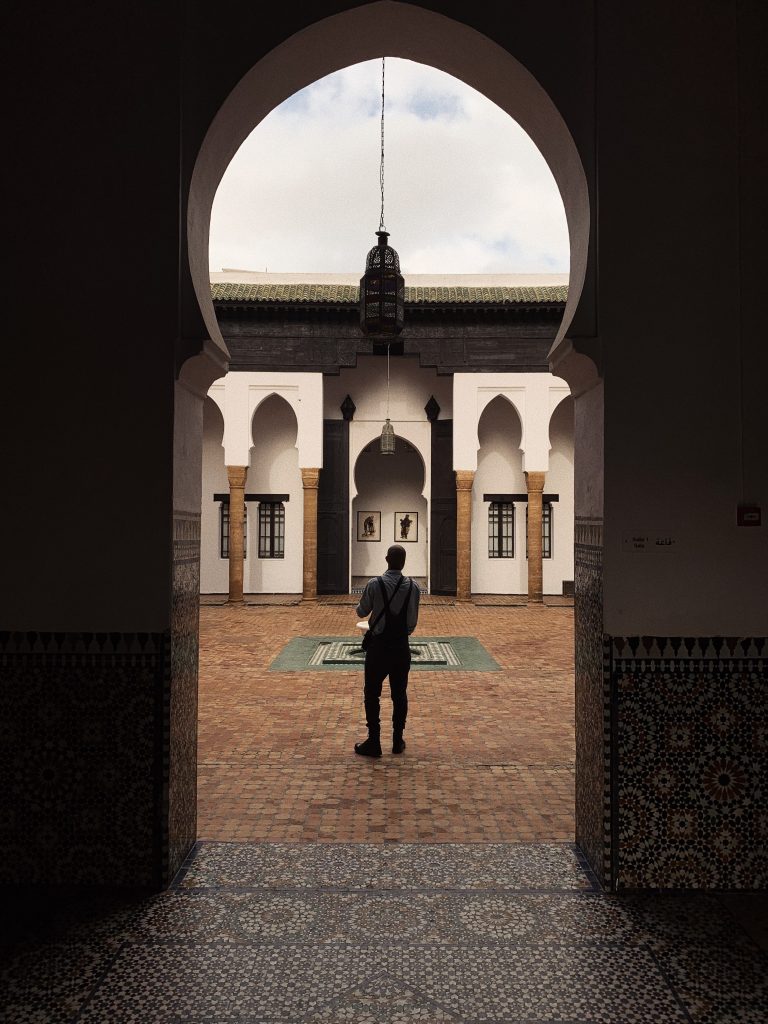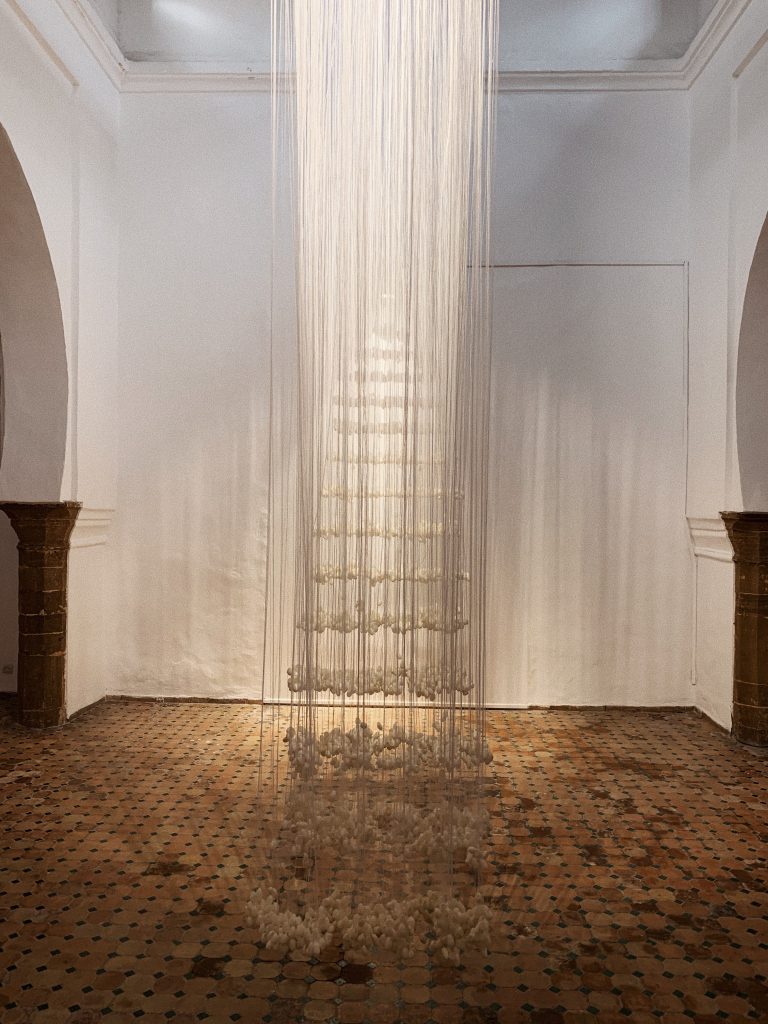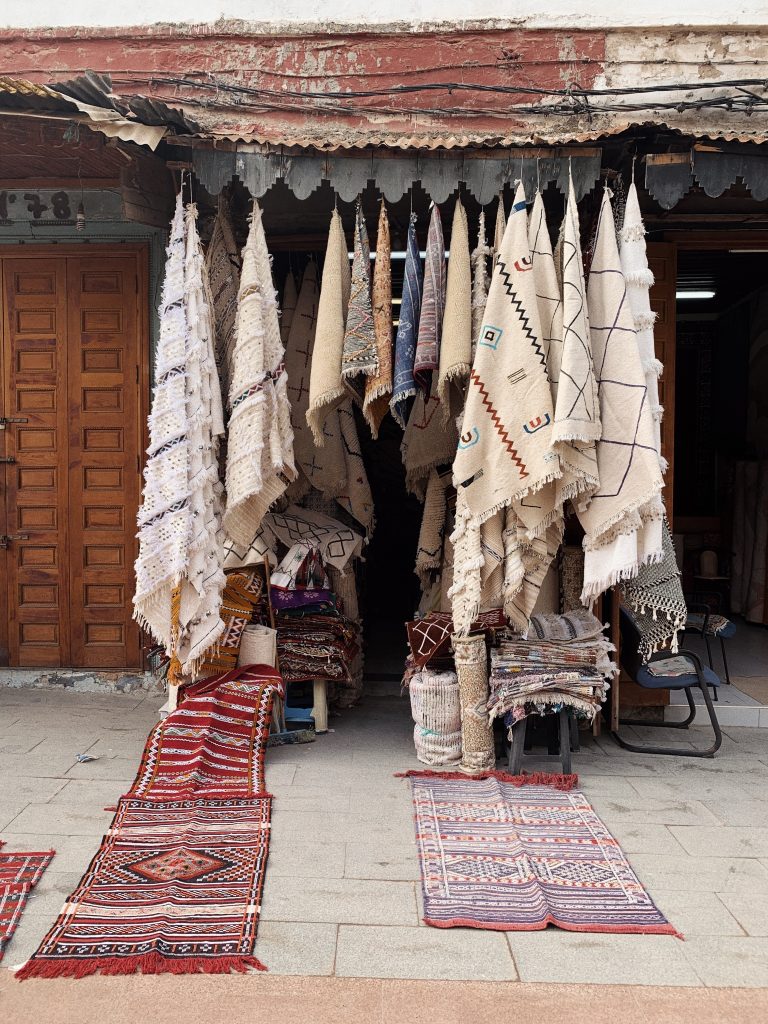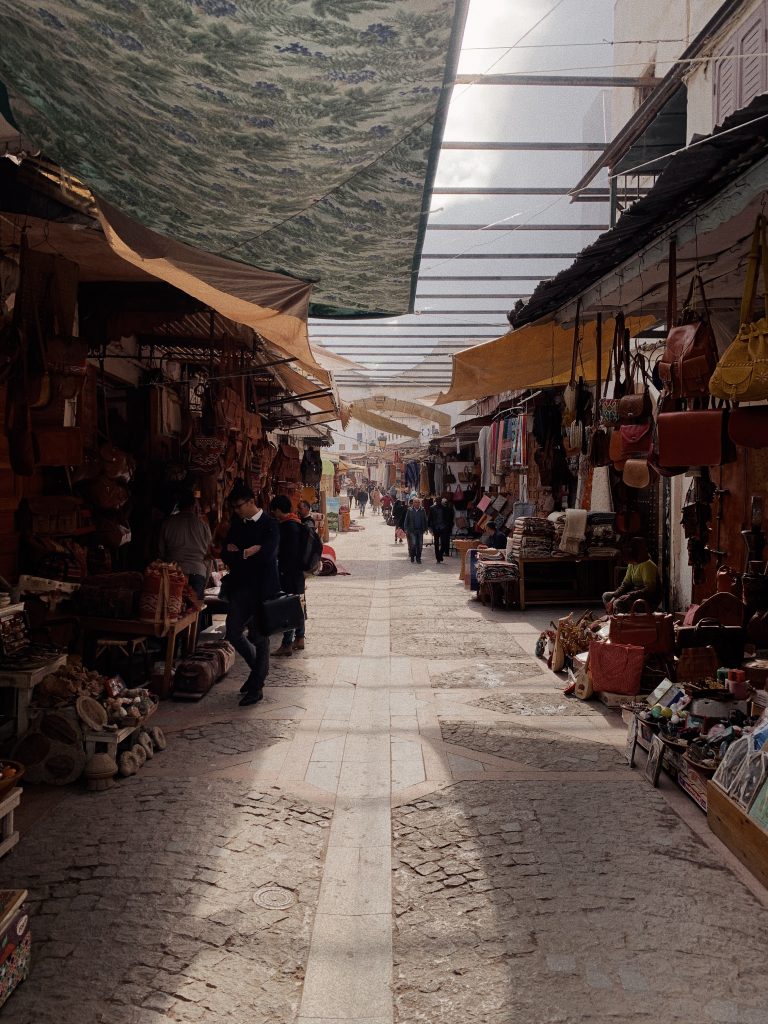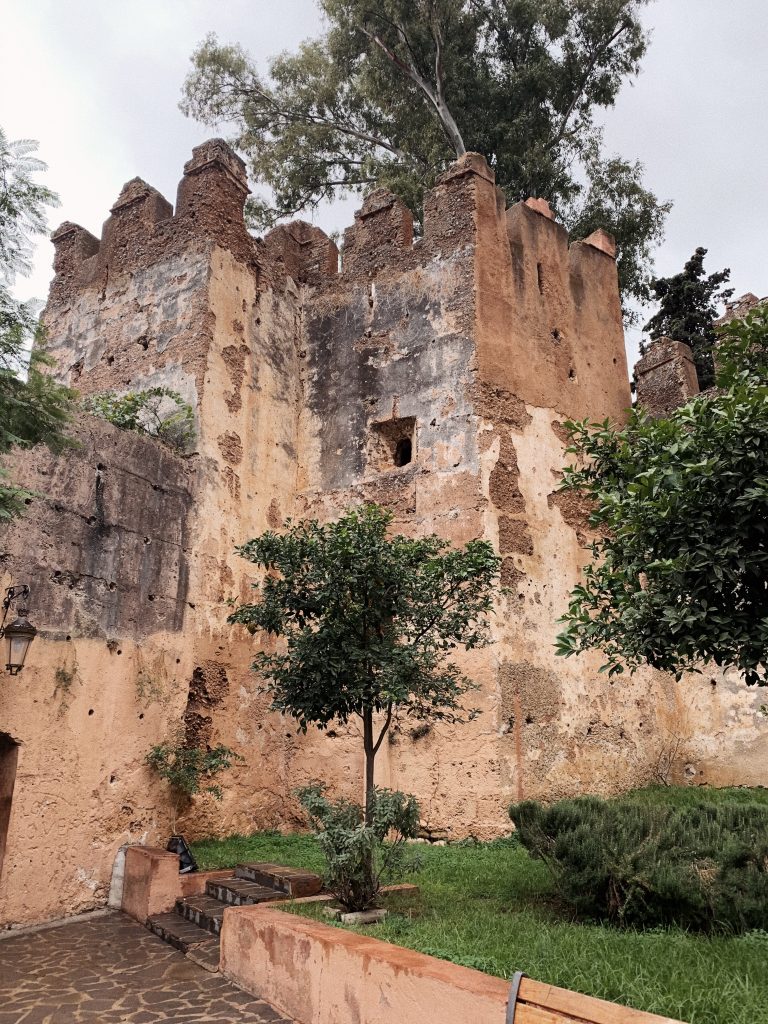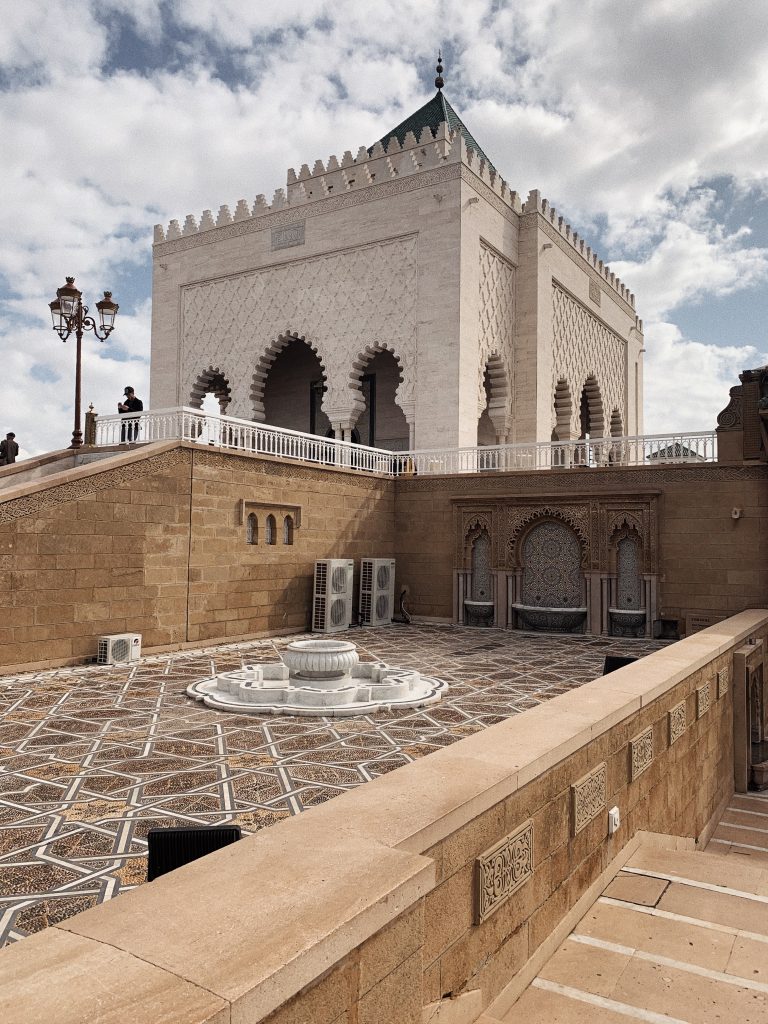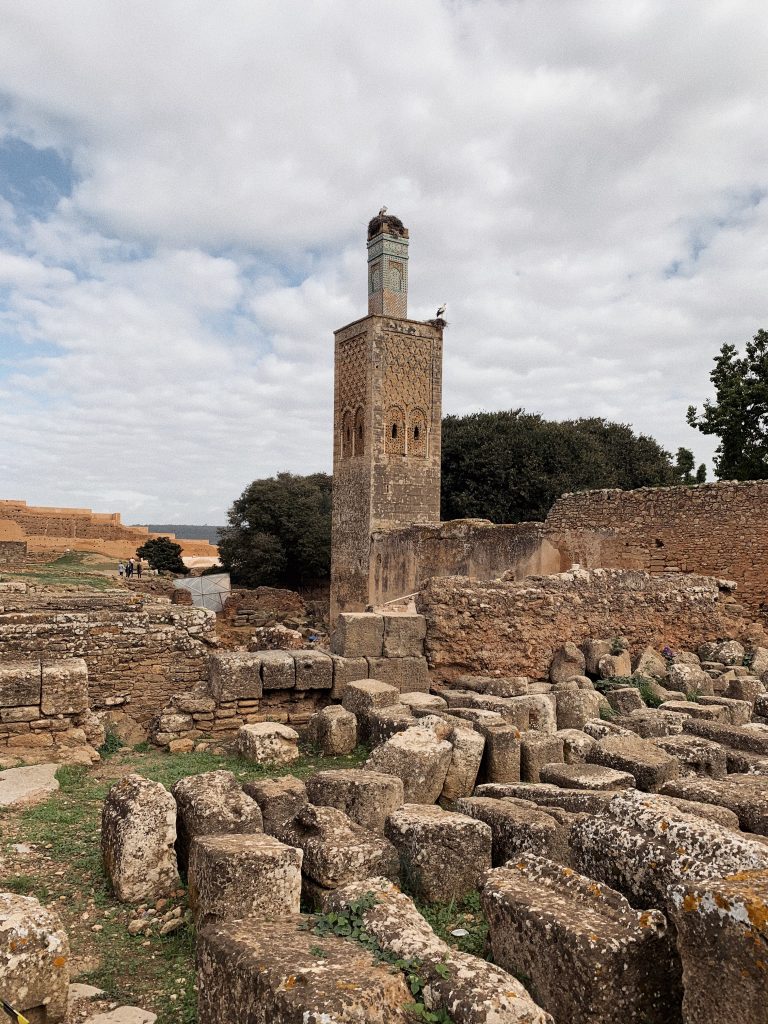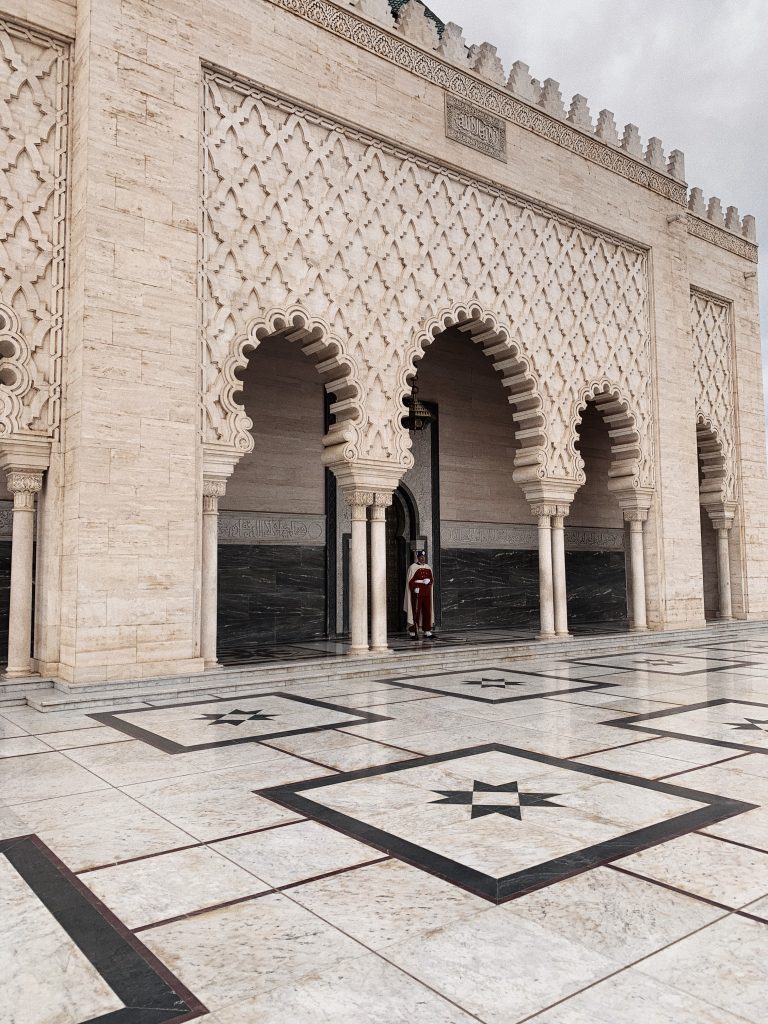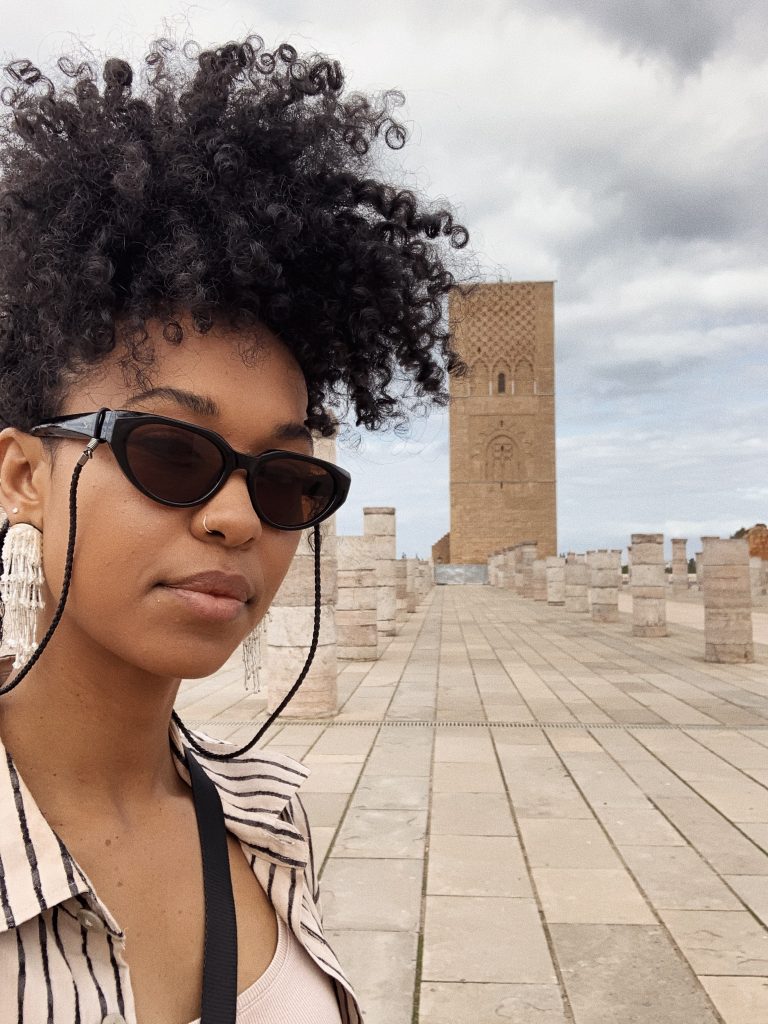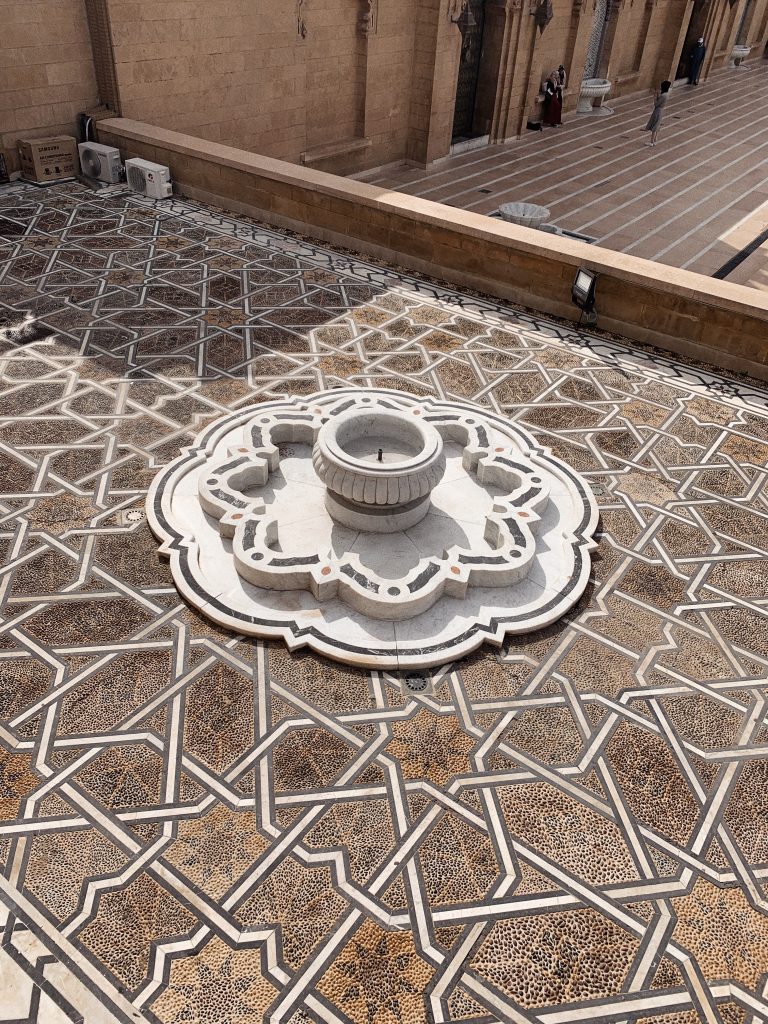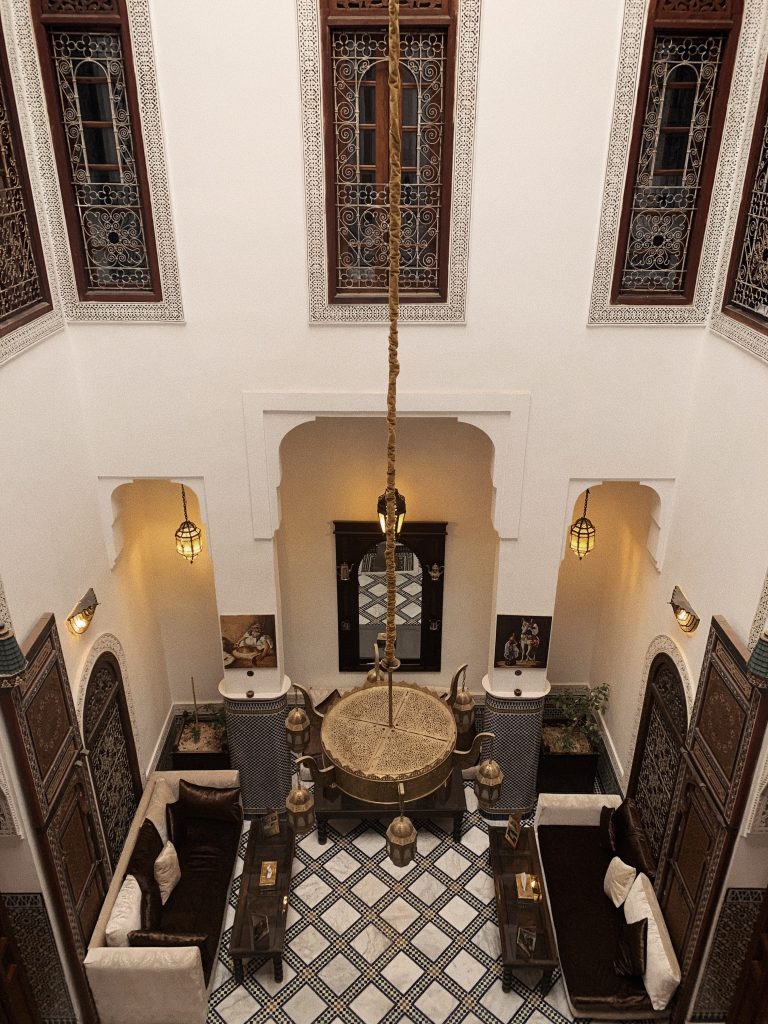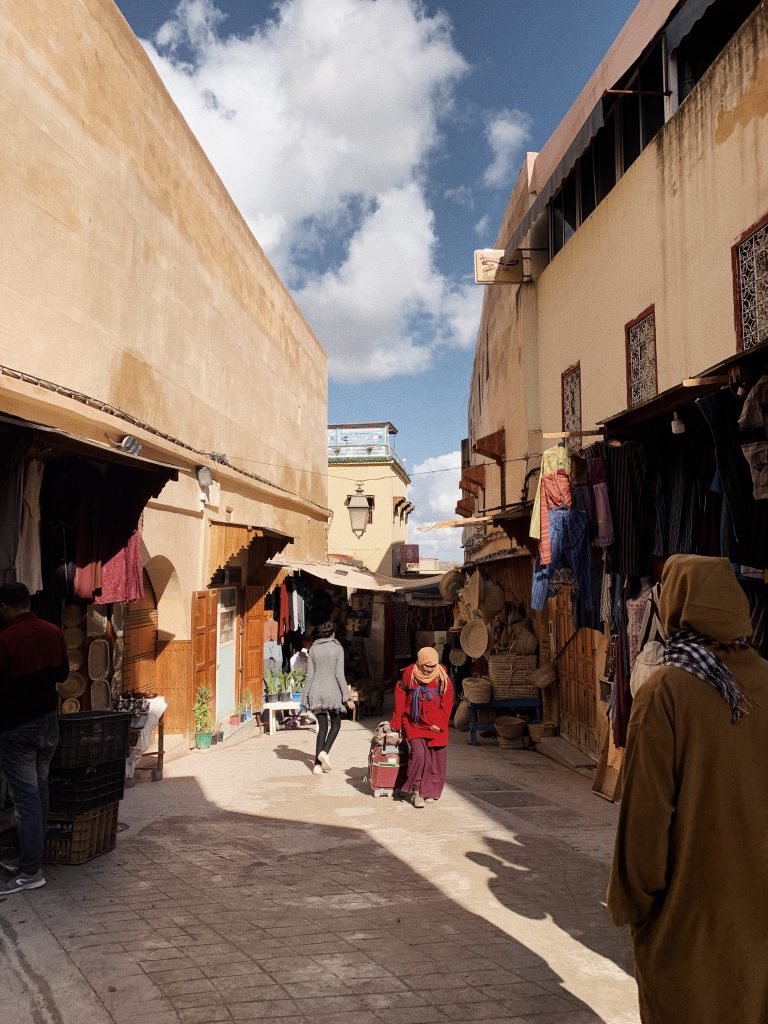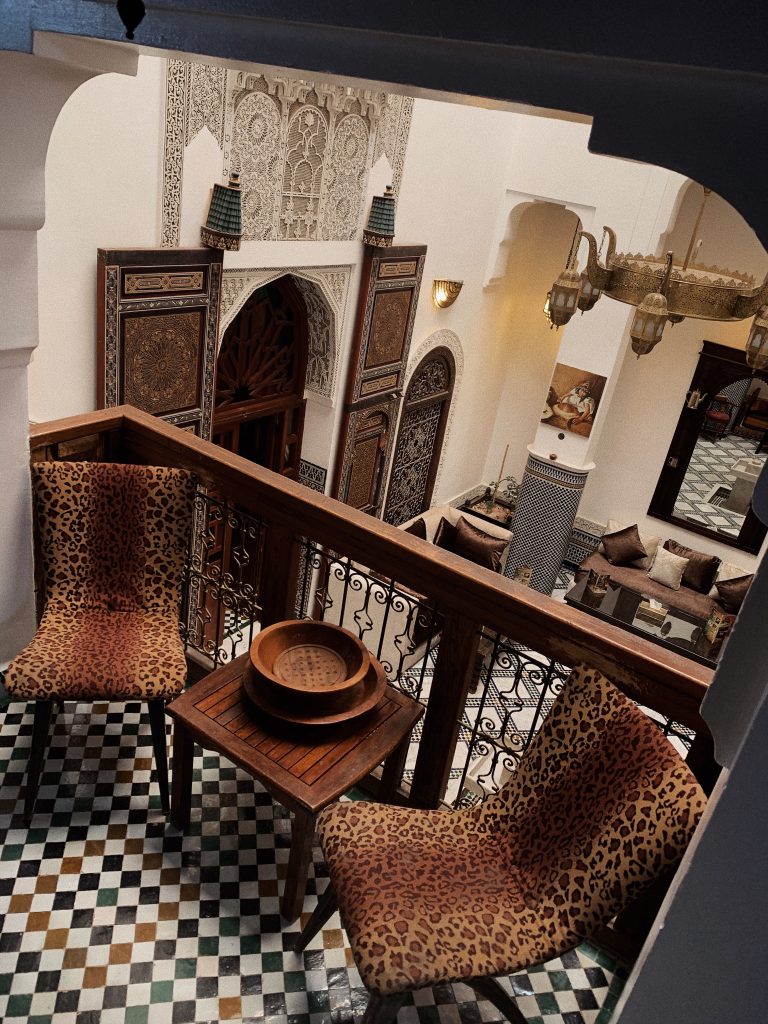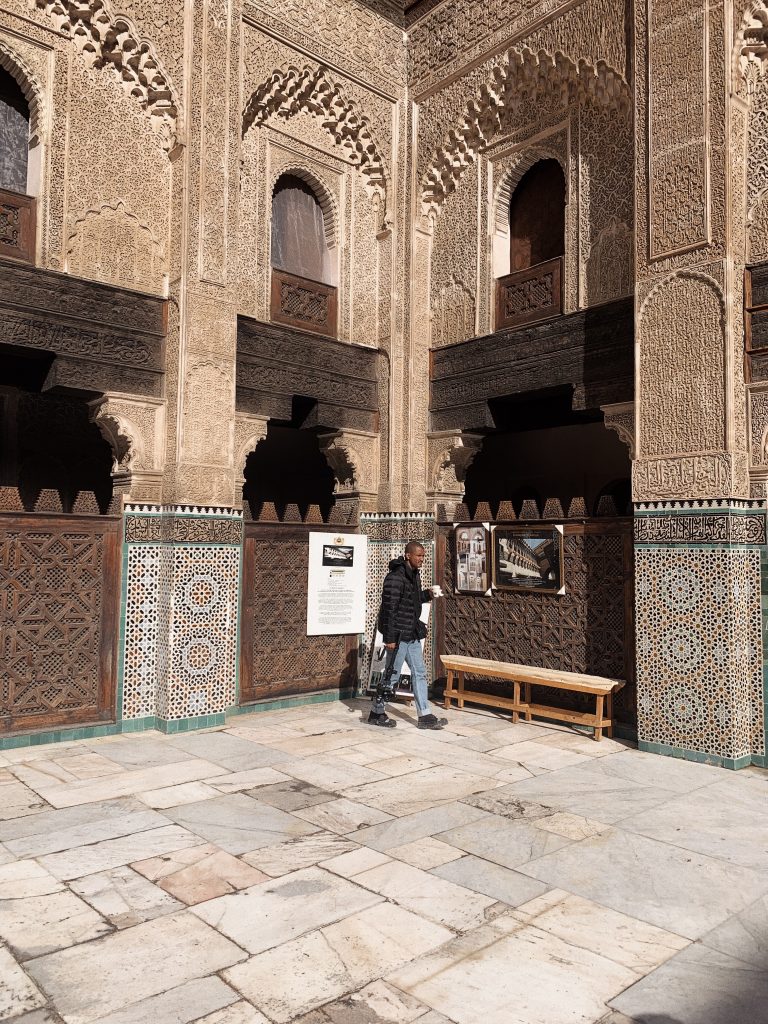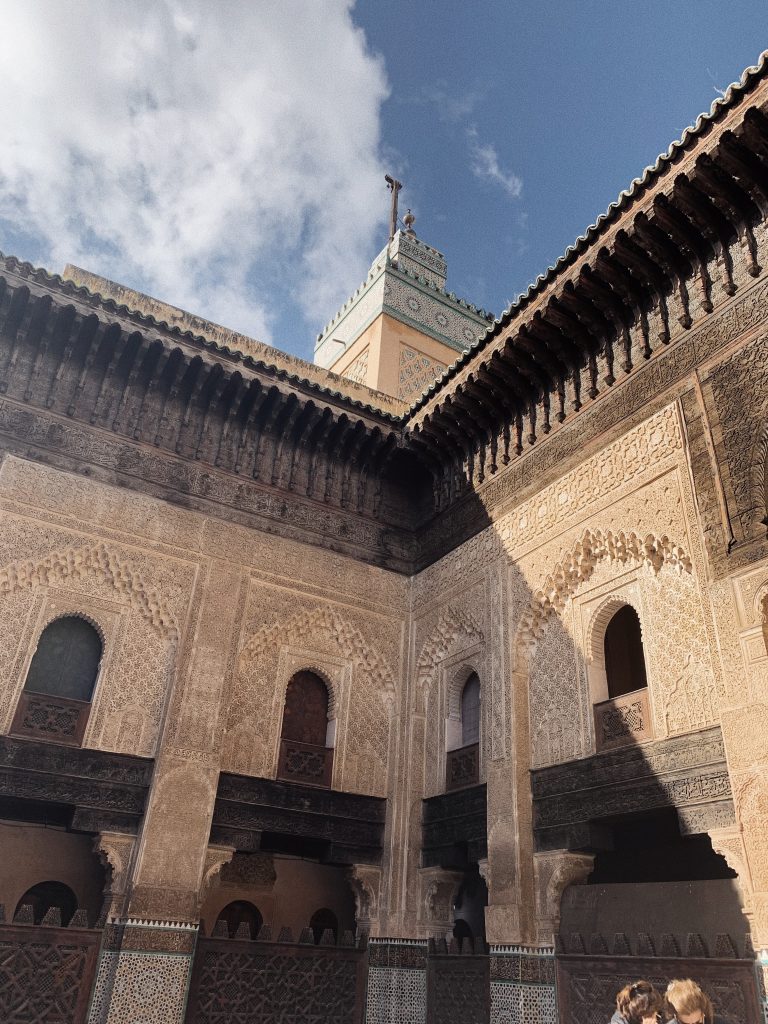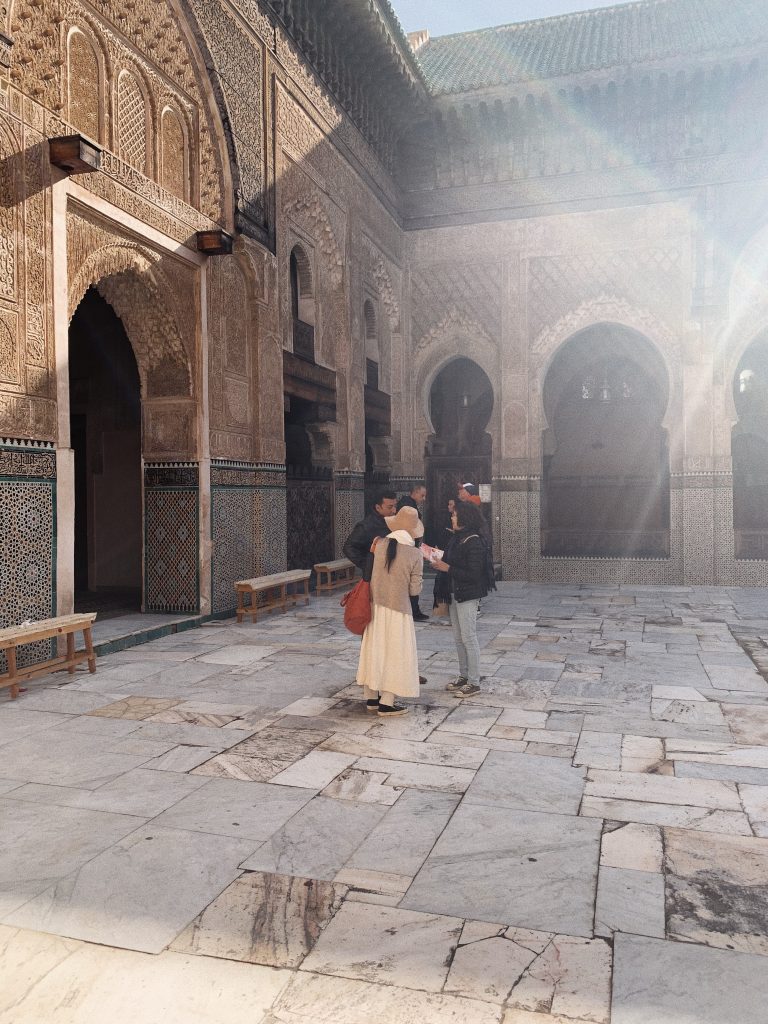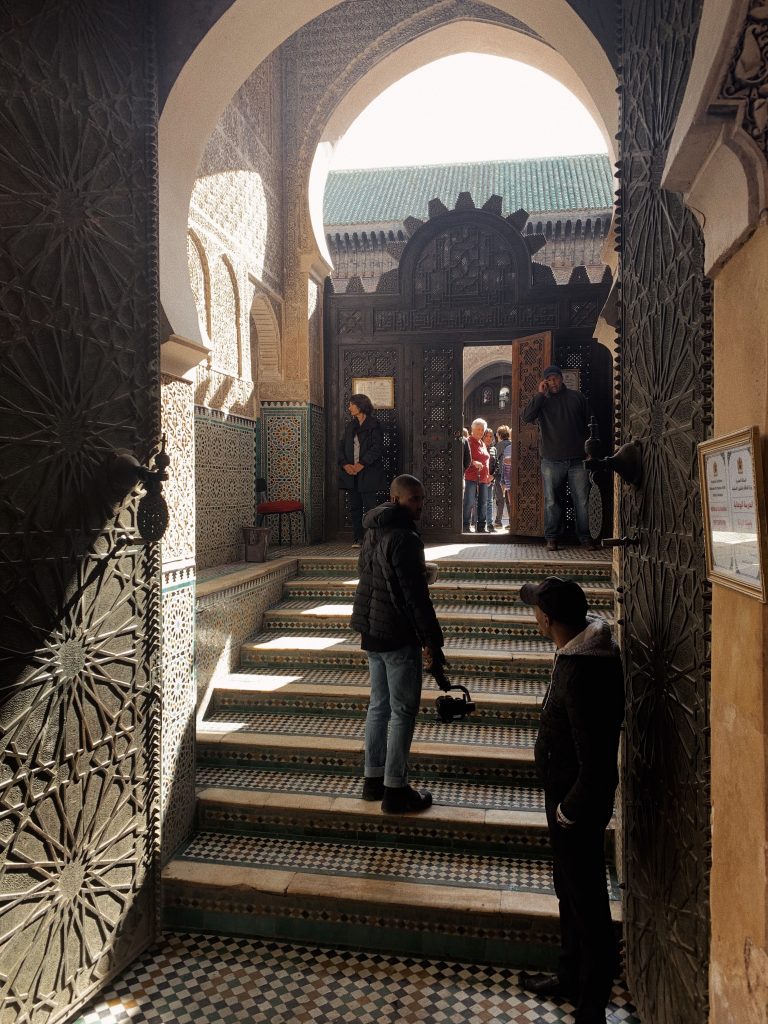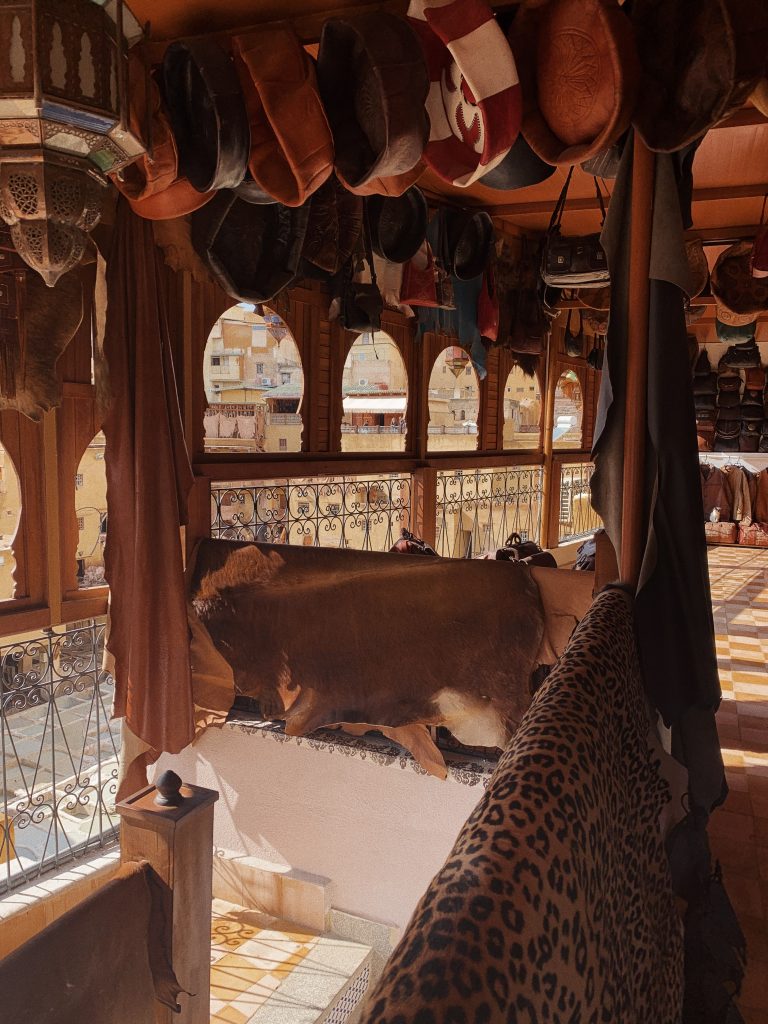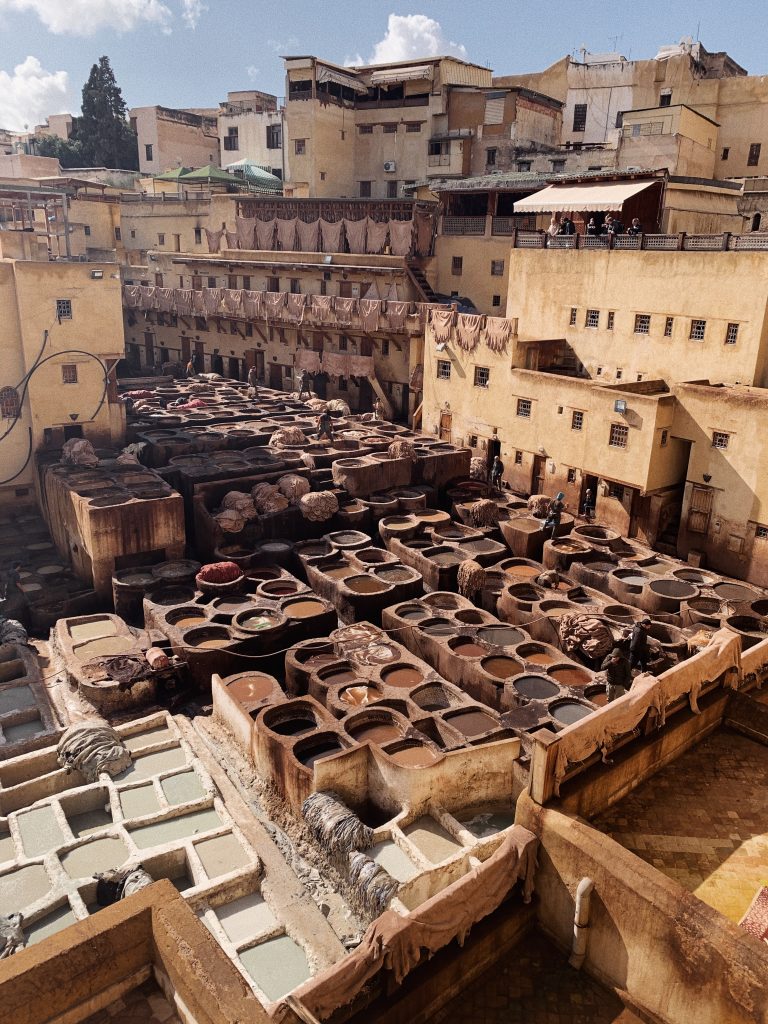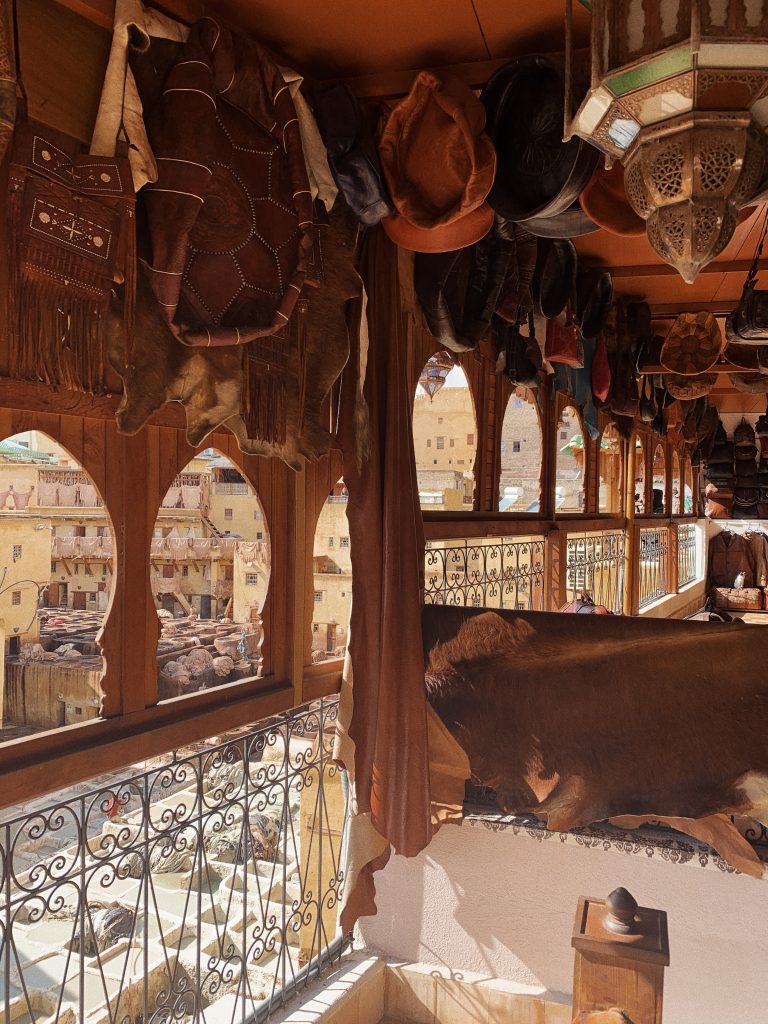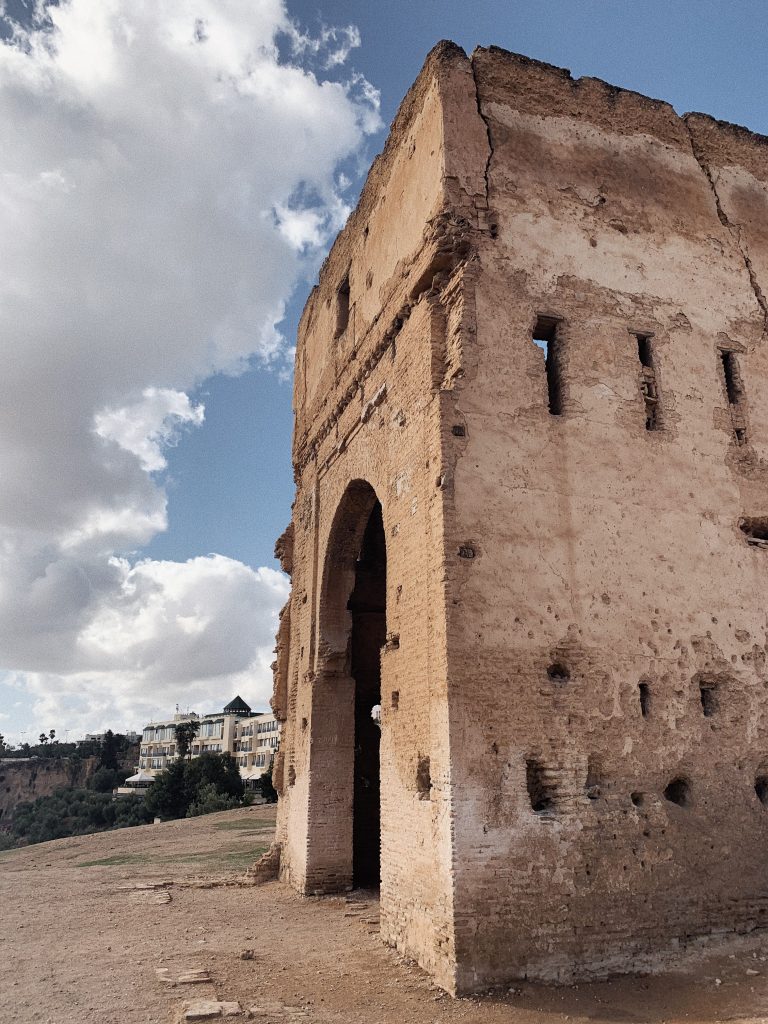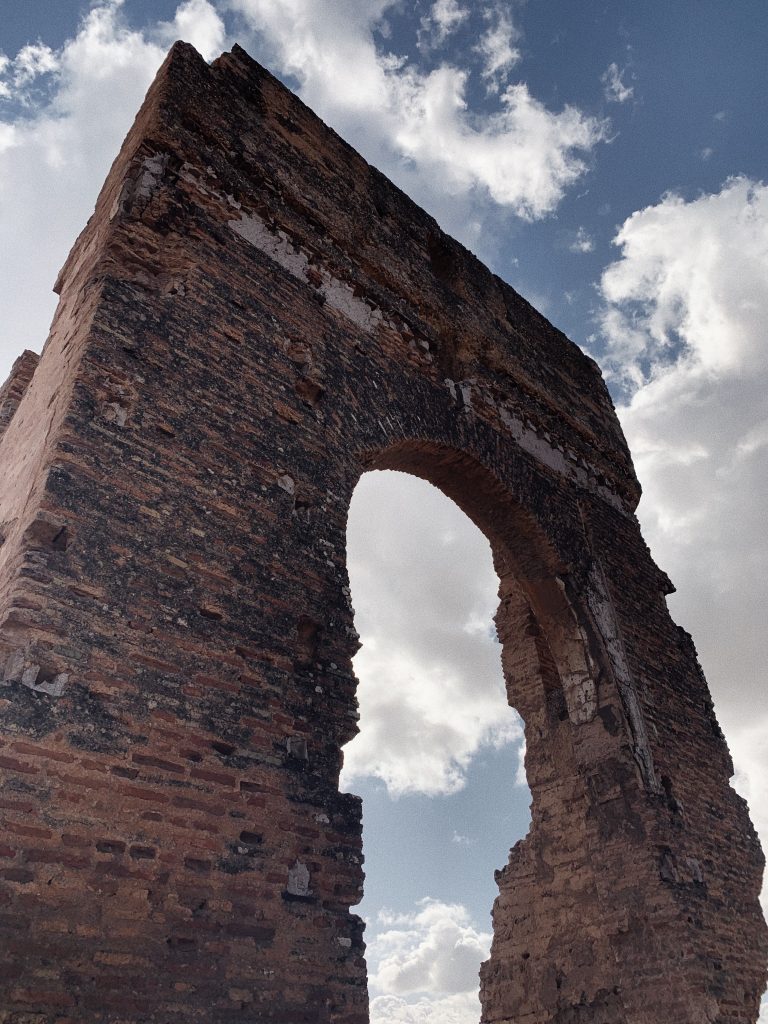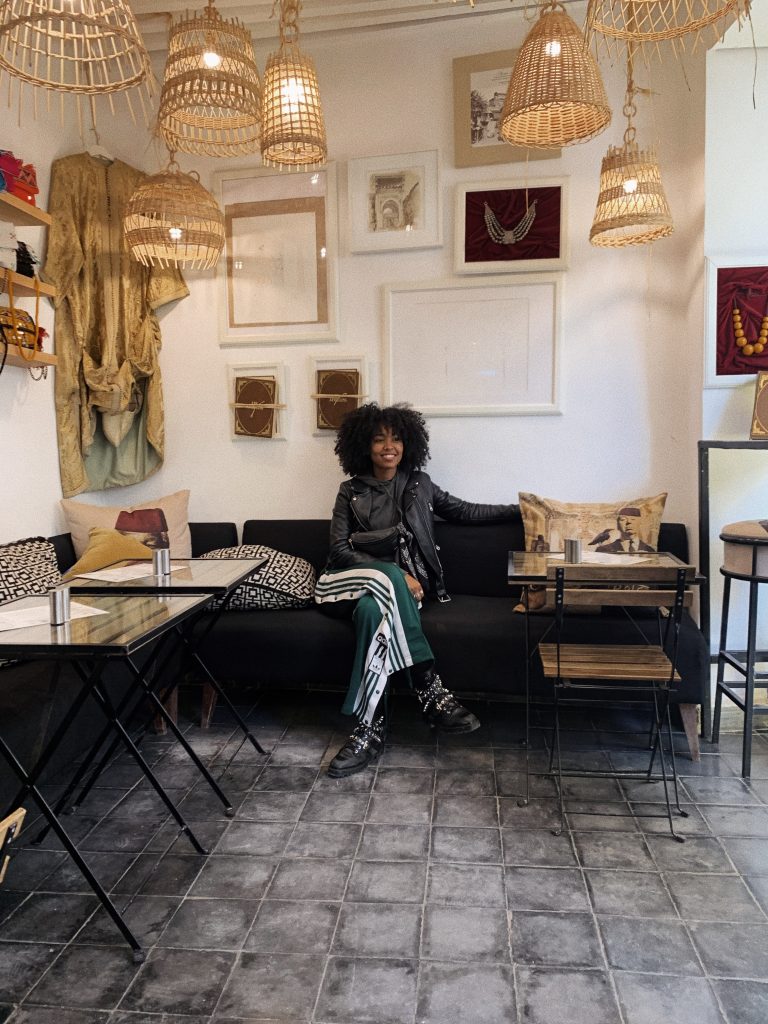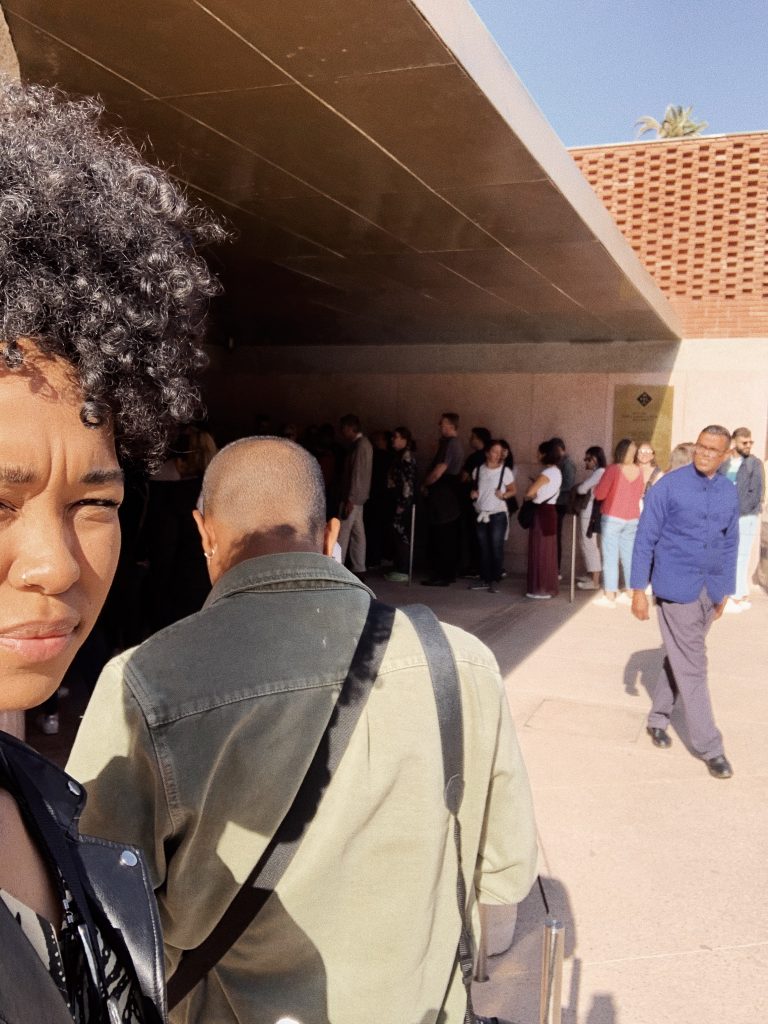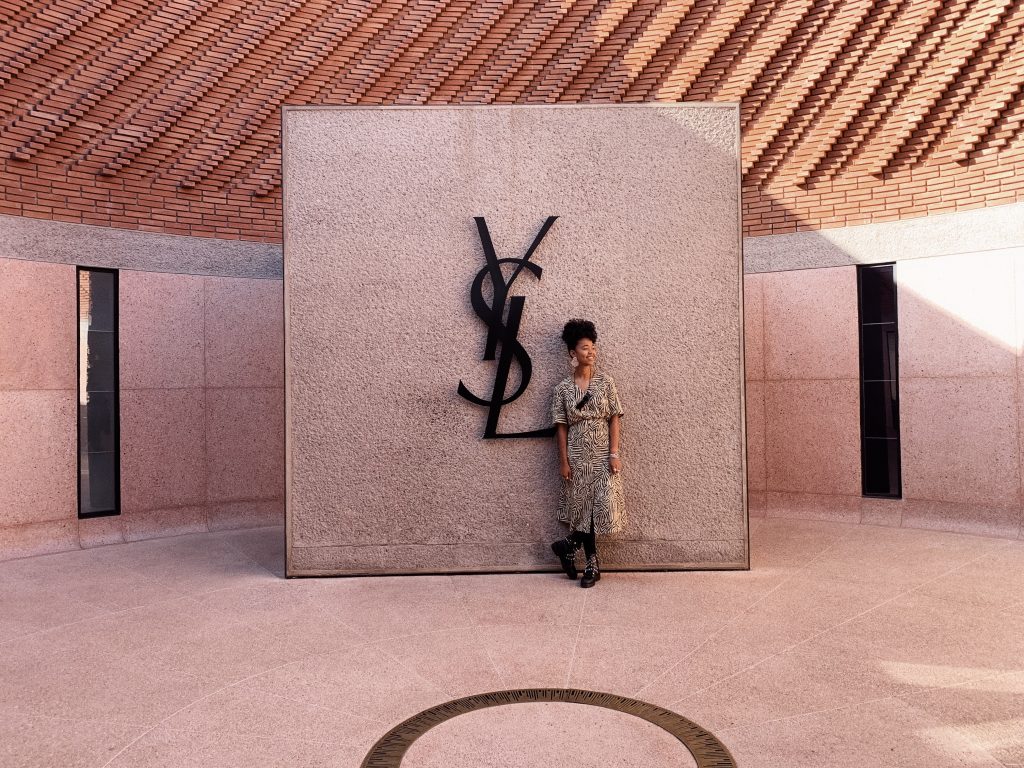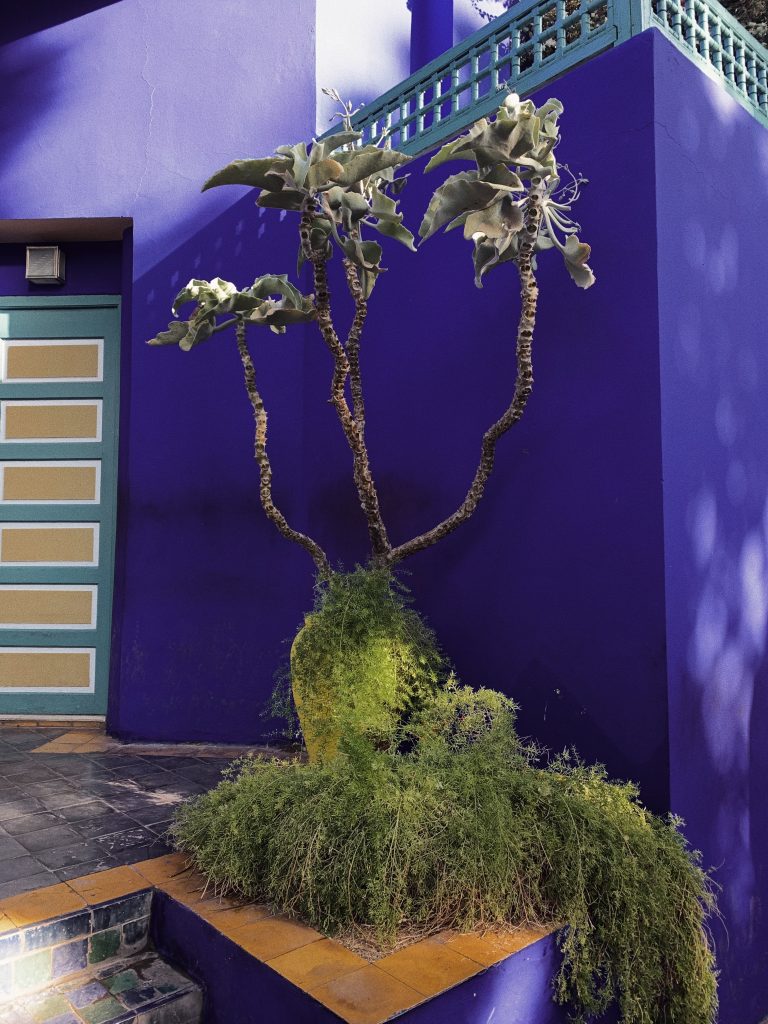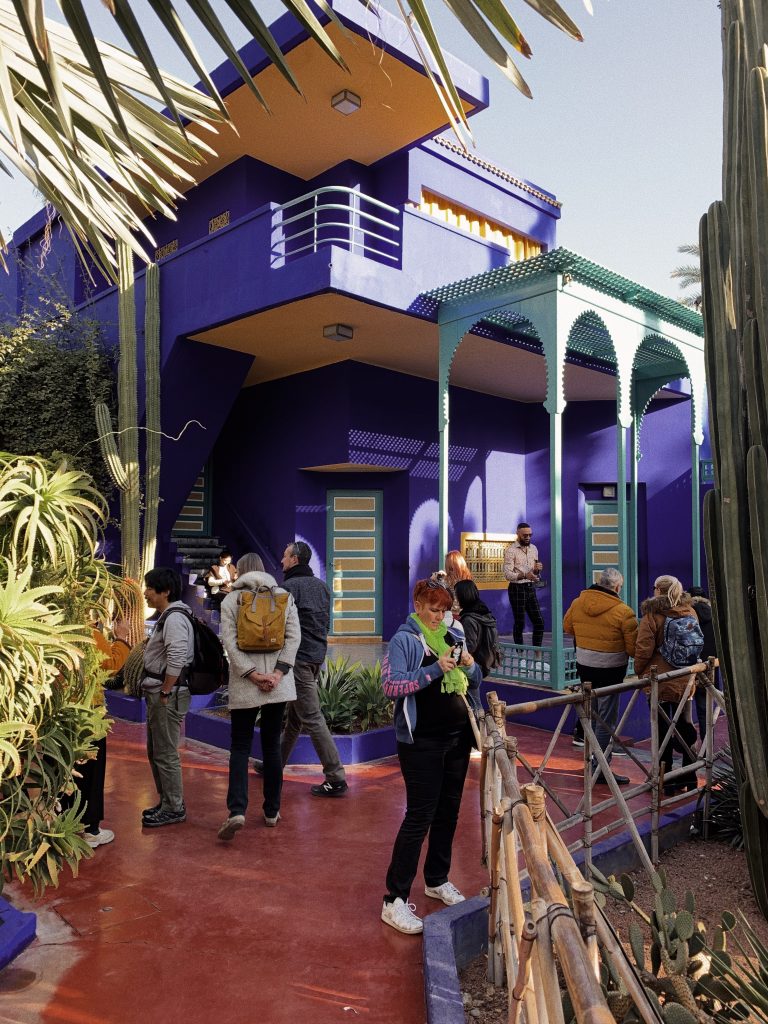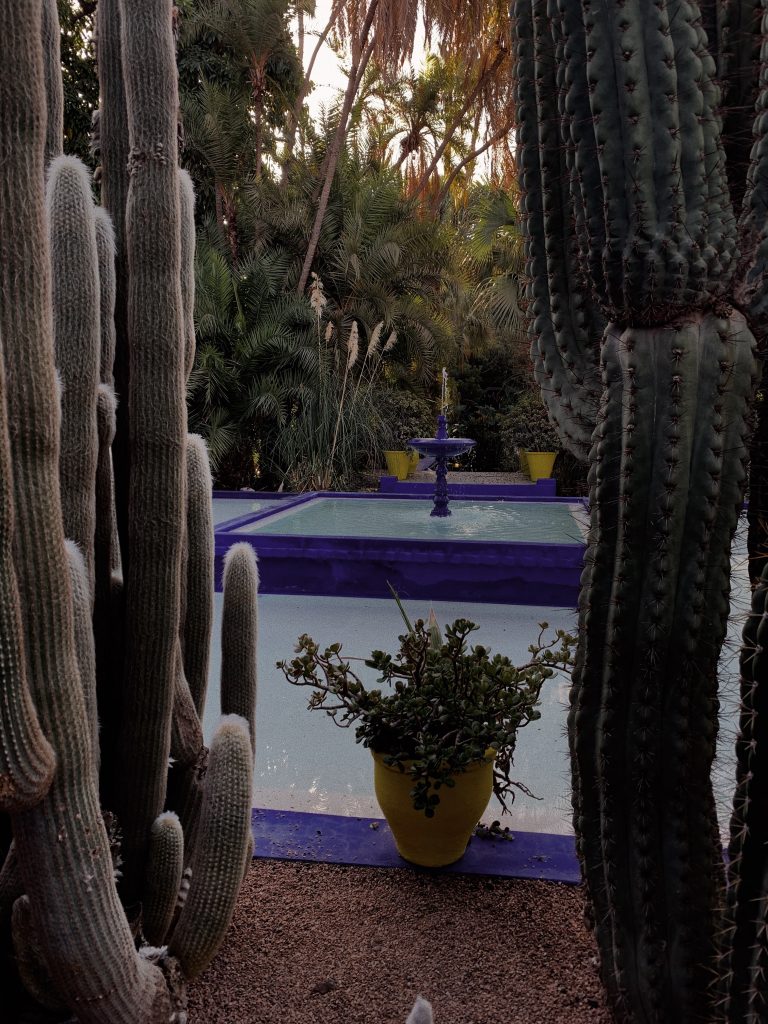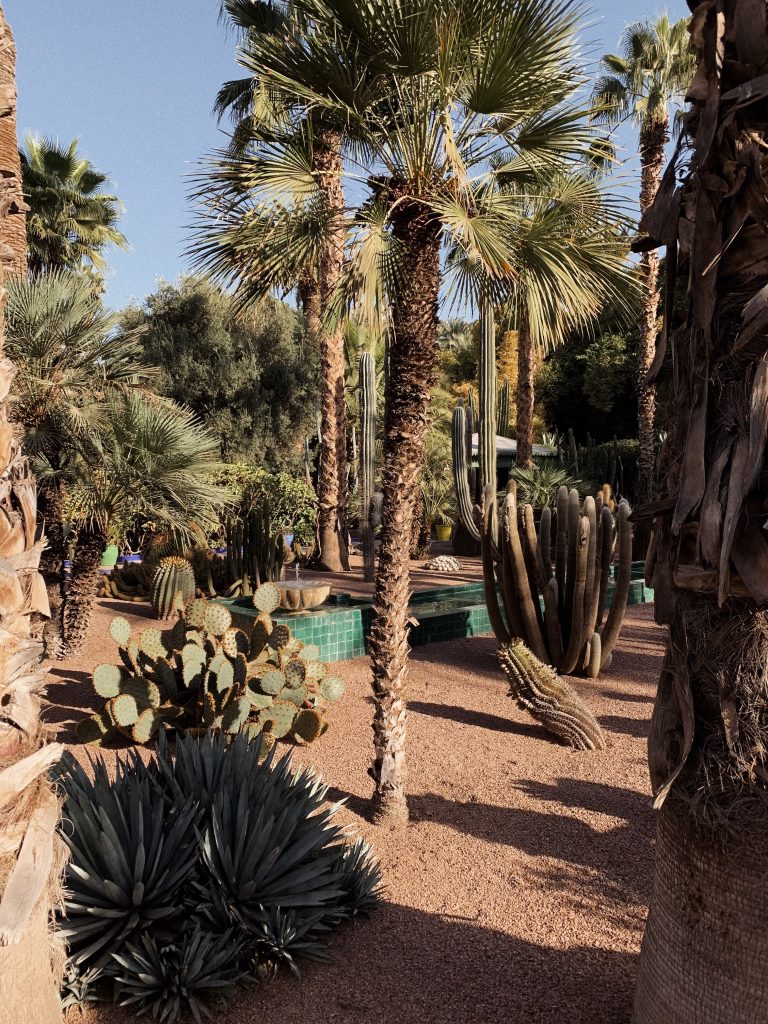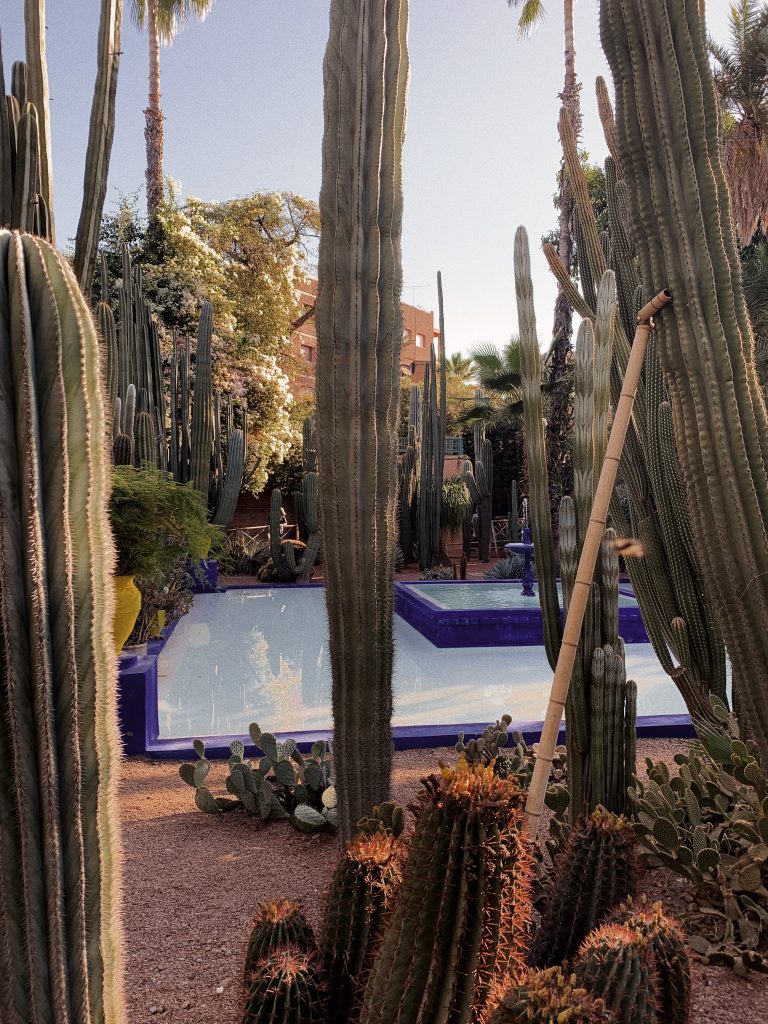In November 2019, I landed in Marrakech, Morocco excited to undertake an 8-day drive-through and along the coastline of the North-West African country with my best friend. Here are some of the things I wish I had read or been told about Morocco before I got there… (and a few images and videos to light it up along the way).
NOTE-slash-DISCLAIMER
My travel partner and I enjoy traveling together because we are both are quite easy-going and well-traveled. We’ve resolved to always try everything, walk all over, and experience it all through the eyes of the locals. We aren’t worried about lush accommodation (although, comfort is king) and 5-star dining experiences. This is not that blog, however, here are some of the sites and sounds we experienced during our time in Morocco (for South African VISA Tips — go straight to the end):
DAY ONE — MONDAY, LANDING IN MARRAKECH
YOUR CONNECTIVITY
Get a SIM card as soon as you land. We were able to buy 2x SIM Cards with 10GB for 10 Euro each. We had just come from Amsterdam and had the Euro. South African’s don’t wince please, just buy yourself the SIM card. Don’t solely depend on wifi.
YOUR MONEY
Make sure to always draw money at a reliable ATM (preferably the airport), as a lot of the trading takes place with cash (market buying, tipping — you tip everywhere, 80% of the shops). Leave your card for big purchases.
Don’t waste time looking for ATMs in gully’s, you’ll get lost. There are ATMs along the outer side of the Old Medina if you run out of cash
YOUR TRANSPORT
- Organize a cab/airport transfer with your Airbnb host. Ours offered a transfer for 10 Euro to our car pickup.
- If you are like us (stupid!) and are driving, here are a few things to remember:
- Driving: Driving on the left side of the road isn’t easy, especially when traffic is as chaotic as it is in Morocco (Marrakech being one of the calmest locations). Watch your mirrors and be assertive (and calm, haha);
- Parking: You can’t take your cab into the Old Medina, and neither can you park it at your accommodation. There are overnight parking stations all over Morocco. They get FULL! You can pay anything from dh40 to dh70 (around R70 – R125) to keep your car there overnight. It is safe, do not fear — just make sure you ‘fold’ your rearview mirrors.
YOUR ACCOMMODATION
Porters: If you’re like us and booked accommodation in the Old Medina, you’re going to have to take your bags and walk to your accommodation after you’ve parked at an overnight parking station. Local porters will all be hustling to carry your bags (everyone is a guide!)… If you can help it, pack light (don’t be like me). If you can’t, many of them have ‘trolley’ like devices that can carry your baggage. Dh20 (around R36) is a reasonable tip (we were swindled out of 50 Euro);
Map: Many accommodations can provide you with an accurate map of the Old Medina — take it. It’s useful for when your phone doesn’t have a signal and/or if something goes wrong with the previously downloaded maps. It’ll keep you confident and self-assured when you’re approached by kids telling you, “It’s closed,” (EVERYONE DOES THIS!) or, “I can show you,” to get tipped.
YOUR FOOD
How Much? In the Old Medina, we were able to get a hearty meal for 2 for dh170 (around R300). We aren’t picky eaters and enjoyed a good lamb and prune tagine every chance we got!
Menus: Most menus are in 3 Languages (French, Arabic, and English) and sometimes, there isn’t an English Option. Download Google Translate to help. None of the apps are extremely accurate, but, I learned that poulette is chicken and I fared well enough.
YOUR CLOTHES
If you’re like me, you’re wondering how to dress culturally appropriately as a female. We traveled to Morocco in the winter — and it was surprisingly chilly in the evenings. So, don’t forget to pack your jacket (and sometimes a scarf!). As a standard rule of thumb, I chose to dress conservatively, so as not to draw attention to myself, even in places like Marrakech, that are ‘tourist-traps.’
YOUR SIGHTSEEING
The Old Medina: I loved Old Medina (the sites, the colors, the sounds, and smells), even though I’m aware it isn’t for everyone and can be overwhelming. The haggling wasn’t as bad as in Egypt, but I still didn’t buy anything. I prefer to look and rather spend my money on experiences. Read about some of my experiences at Jemma el-Fna square in the Old Medina, here…
DAY TWO — TUESDAY, MARRAKECH TO CASABLANCA
YOUR FOOD
We enjoyed a rooftop breakfast of 5 Euro each (which is a steal) catered for by our Airbnb host (a selection of pastries, tea, orange juice, and confectionaries) otherwise, there are many places to go. I like to keep it simple and have breakfast catered to so that I can be on my way immediately when I leave the Riad (which is the name for a traditional Moroccan house with a garden inside the house, traditionally for the wealthier of society and now turned into a guest house).
YOUR SIGHTSEEING
We didn’t have much time to see anything before leaving for Casablanca, but our host suggested these, and we didn’t regret it…
Musee Boucharouite: One of the most beautiful places (with rich stories) that we went to in Morocco. The owner, Patrick De Maillard, is a darling and took us on an emotionally charged tour where he painted the pictures of the lives of the Berber women who had woven each of those carpets. 10 Euro / dh100 or around R200 for 2x people for entry;
Maison de la Photographie — Museum of Photography: We found out about a few places that allow repeat entry if you keep your ticket. The Museum of Photography was one of them. I bought a beautiful print that I keep atop of one of my bookshelves. It was 10 Euro / dh100 or around R200 for 2x people for entry.
YOUR MONEY
We filled our tank with petrol for about dh530 (around R940) and set off to Casablanca. Make sure that you always have spare cash on hand for the Toll-Gates (there were 2 — dh69 and dh11, respectively).
DAY THREE — WEDNESDAY, CASABLANCA TO RABAT
YOUR FOOD
Breakfast: First thing in the morning we found a quaint breakfast spot that served us a simple breakfast for dh76 (around R130 for breakfast for 2 — pastry, coffee, orange juice) — Note for NON-SMOKERS, it’s very hard to find a restaurant where smoking isn’t allowed. We are both non-smokers and planned our eating places very carefully. Cigarettes & coffee (aka. Black Tar — we bought a bag of roasted beans for dh20) are HUGE for the Moroccan men who sit at cafes along the side of the road all day and late into the night inhaling the two.
YOUR ACCOMMODATION
We had found Airbnb accommodation in the middle of Casablanca (hardest Airbnb to find EVER!), parked our car at an overnight parking station, and walked the inner city flat. If you can help it, skip Casablanca as a part of your trip.
YOUR CLOTHES
Of all the Moroccan cities we traveled to, Casablanca was stated as the least safe for women to walk alone after dark. We walked fast and generally felt safer than at home (South Africa) because of the absence of people under ‘the influence’ on the street’ (it makes you feel substantially safer). However, dress appropriately.
YOUR SIGHTSEEING
There’s not too much to see that isn’t being worked on, or, not really even a site (those other blogs lied to you), but, we did enjoy…
Marche Central — The Central Fish Market: Here we sat at a bustling seafood restaurant (the more people, the more trusted the food) and enjoyed a selection of extremely fresh fish for lunch on a rolled out newspaper, sanitized with lemon slices afterward and washed our oily fingers in the fountain next to the restaurant (I saw other people doing it, so I did). We literally feasted for dh100 (around R180 for 2 people);
Hassan II Mosque: This is a truly spectacular sight — it is the second-largest mosque in all Africa (210m / 689ft) after the Algiers grand mosque and the 7th largest in the world. We stopped here just before leaving Casablanca for Rabat, and we caught the afternoon surfers all surfing on the sea that hits the left side of the mosque. “I wish Casablanca to be endowed with a large, fine building of which it can be proud until the end of time … I want to build this mosque on the water because God’s throne is on the water. Therefore, the faithful who go there to pray, to praise the creator on firm soil, can contemplate God’s sky and ocean,” said Hassan II in 1980 when celebrating his birthday after commissioning this building with an aim for it to be the most ambitious structure ever built in Morocco. It is all of that and more.
DAY FOUR — THURSDAY, RABAT TO TANGIER
YOUR ACCOMMODATION
Rabat is the capital city and close to the ocean — so we were lucky to stay at an Airbnb right on the ocean. The roads were beautifully clean, traffic calm (a welcomed break after Casablanca and Marrakech) and there was too much to do, surprisingly.
YOUR SIGHTSEEING
Kasbah des Oudaias (Blue City): We stopped here first to take a look at Rabat’s oldest mosque (Jama’ al-‘Atiqa), the Andalusian Gardens and a beautiful Oudayas museum and exhibition. This 12th century blue and white city (not to be confused with Chefchaoen — which we also visited), which was granted World Heritage Status by UNESCO in 2012, overlooks the Bou Regreg river and tells the stories of the Spanish, the Portuguese and the French occupation. It’s free!
Hassan Tower and the Mausoleum of Mohammed V: Located on opposite sides of each other, these tell the stories of Moroccan kings;
Chellah Ruins: For about dh140 (around R250 for 2 people) you can enter into the Chellah Ruins, one of the rarest Roman ruins in Rabat.
YOUR FOOD
La Dhow: We are street food people and enjoyed our fair share of snails and donuts, but had to try La Dhow. The 17th-century vintage merchant ship that has been transformed into a lounge/fine dining experience. Although we weren’t totally impressed with the value, it was a great experience, and we were glad that we did not pass on it.
DAY FIVE — FRIDAY, TANGIER TO FES
YOUR SIGHTSEEING
Again, there isn’t much to see in Tangier, and we had a lot of driving ahead of us, however, should I go back, I’ll definitely stay long enough to take that ferry over to Spain…
Cinema Rif: This art-house cinema was a welcomed reprieve from the cold we experienced when exploring Tangier at night, and has long been a trendy hangout for young artsy locals;
Grotte d’ Hercules — Caves of Hercules: Situated in the Cape Spartel, the Cave of Hercules was long thought to be bottomless. According to mythology, Hercules rested here after has separated Africa from Europe and spent the night thinking about how he was to complete the rest of his labors imposed on him by Olympus (the cave, if you are standing inside, is said to be in the shape of a bending Hercules). The drive up to the caves was scenic, but we are spoiled for views living in Cape Town. Other than bragging rights, there’s not much to the caves, but it is a nice stop (we paid dh10 for parking and dh10 for 2 people’s entry)…
Chefchaouen: The famous blue city. The day we traveled here, it was rainy and overcast — but we had to do it! We didn’t feel as if it was worth it for how short our visit was, but, I bet with better weather and a long enough trip — you can enjoy yourself!
P.S. If you’re driving, make sure to drive within the speed limit. The police do their job well in Morocco, and we were awarded a few speeding fines (dh150, dh400 — around R270 and R400 respectively) that we had to settle in cash on the road.
DAY SIX AND SEVEN — SATURDAY AND SUNDAY, FES TO MARRAKECH
YOUR ACCOMMODATION
City Tax: Fes is an arty city — and many people that we had met along our journey had told us that we would enjoy it most because we looked arty. We arrived cold and worn out from 10 days of continuous walking and sightseeing. sightseeing. We had a great accommodation in the Old City that was close to some great cafes (where we could actually find good enough coffee for the first time! We ordered one too many Americanos). What they didn’t tell us is that everyone has to pay City Tax (over and above your Airbnb booking fee) when you arrive, and it was about dh100 (around R180).
YOUR SIGHTSEEING
Madrasa Bou Inana: One of the few religious buildings that allow non-Muslims inside, this 14th-century building is one of the oldest schools in the world. It is worth the dh40 (around R72 for 2 people to enter) to see the historical site acknowledged as a high point of Marinid architecture and of historic Moroccan architecture in general;
Chouara Tannery: I can still smell the leather being dyed in this tannery built in the 11th century and the largest in Fes. It is one of 3 in the city, and in the oldest medina quarter of the city. It’s a mission to get there, and I’m still angry at the guide that told us to pay to enter (because it’s free) but, I could tell he needed the money, and the views were mesmerizing (p.s. There’s mint to carry under the noses of those who can’t handle the smell of the leather);
Marinid Tombs: If you’re looking for a small hike and a view of the city of Fes you can make your way up to the Merenid / Marinid Tombs which are on a hill above and north of Fes al-Bali (the old city, Fes). This is a beautiful lookout point — and views are free!
DAY EIGHT — MONDAY, MARRAKECH
By Day 8 we were very glad to be back in Marrakech to catch the last of what we’d missed (I’m sure we missed a lot). We had made a conscious decision not to go into the desert and do any camel riding because we had done quite a lot of it in Egypt and Israel, and were also concerned for the well being of the animals. We rushed to use up the last of our trip before our late afternoon flight by going to see…
YOUR SIGHTSEEING
Le Jardin Majorelle & Yves Saint Laurent Museum: We had seen the lines to these sites and made sure to set out early on our last morning to get to the gardens (a colorful labyrinth of enchantment conceived by the french painter, Jacques Majorelle) and the Yves Saint Laurent Museum. We did not expect to be so deeply impacted by our visit. For dh380 (for both sites, around R677 for 2 people to enter) we really feasted on beauty dedicated to the work of the legendary French Fashion designers, Yves Saint Laurent (it houses 5000 items of clothing and 15000 haute couture accessories and thousands of other sketches and assorted objects). Studio KO, the French architecture firm that designed the museum only ever did one other private renovation project in Marrakesh and it was that of Musee Boucharouite, the first museum we visited. I felt that to be rather special.
Overall — Morocco was GREAT and I’d definitely go again in a few years with my family with less of a packed schedule and more time to just… wander! I found the Culture Trip app and Airbnb Experience to be very useful when planning (we planned on the go), with fair prices and a wide range of options. I also met a beautiful African American woman on our last day who had been traveling by herself and felt very safe throughout the entirety of her trip — which says a lot.
I hope that you enjoyed that and that it was informative enough. If you’d like to see more of our trip, why don’t you head on to my other relating pieces:
- MSIZI Travels Light — Why Morocco? Why Africa? (check it out to see the short story we made)
- MSIZI Travels Light — The Playlist (a list of our favorite songs and maybe a carpool video as well)
All my Love,
Eden Myrrh
#TheGoodSis
PSSSS — Oh, yes — VISAs! Insane, please make sure you do it right. I’m meticulous with the paperwork, which makes it easier, especially when the instructions aren’t clear (I encourage you to go all-in with the sticky notes — whatever it takes to make sure you have all you need)…
We used this service provider to log our VISA application forms and paid around R1920 to get it all within a week and a half. The Moroccan Embassy is only open between 9 am and 11 am from Monday to Thursday, and so knowing that someone (who I was following up on) was getting it done for me in Pretoria while I was in Cape Town was a blessing and major stress reliever.
